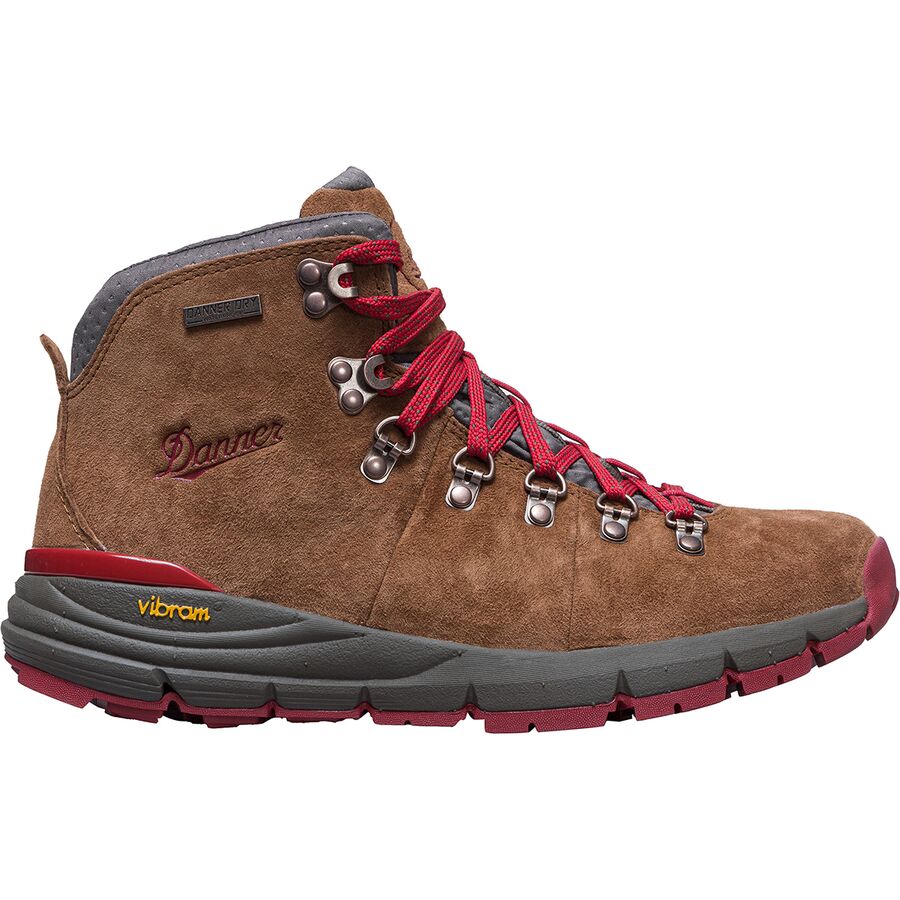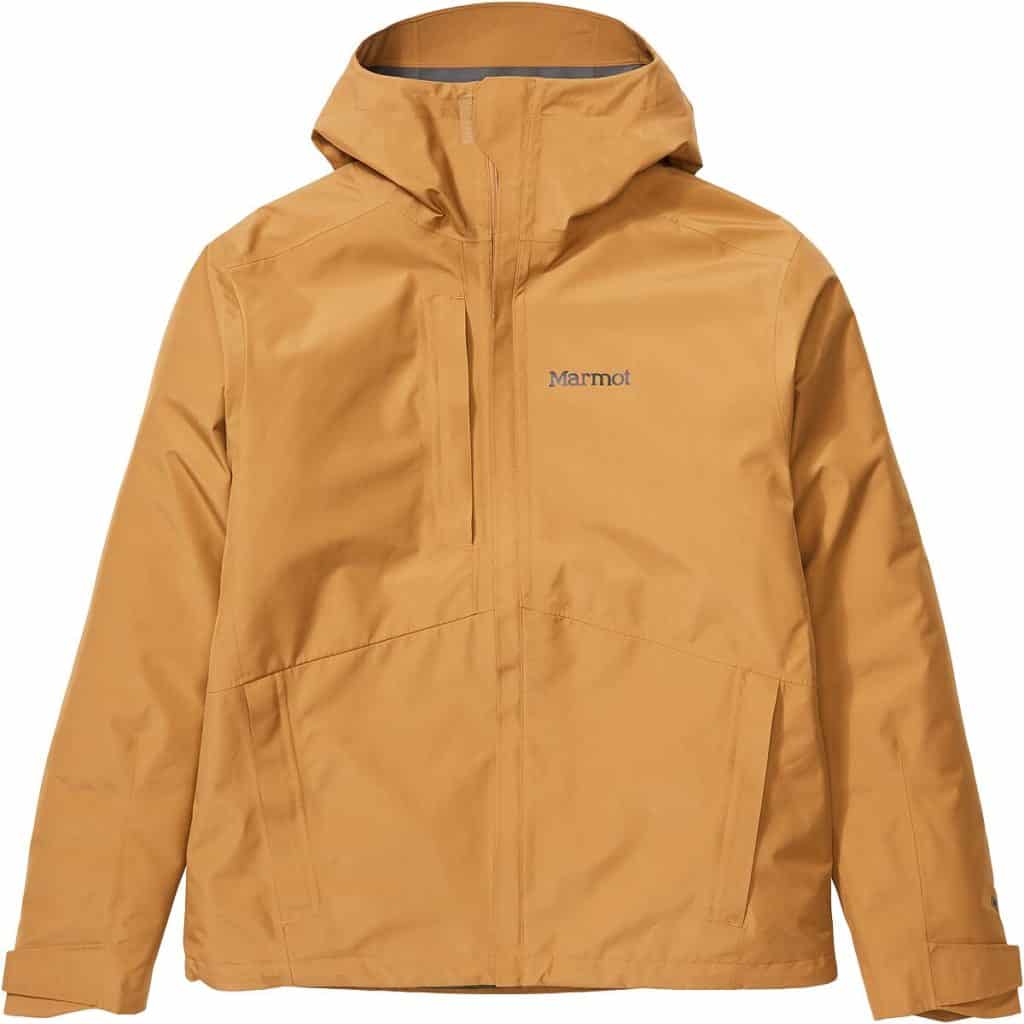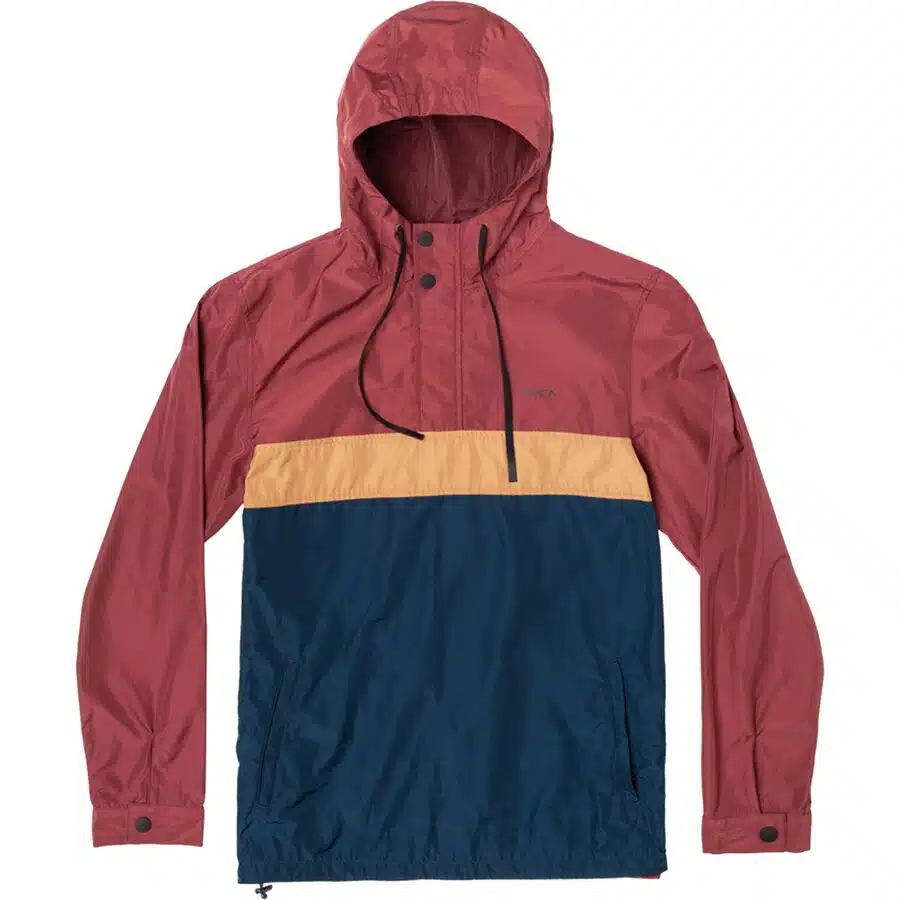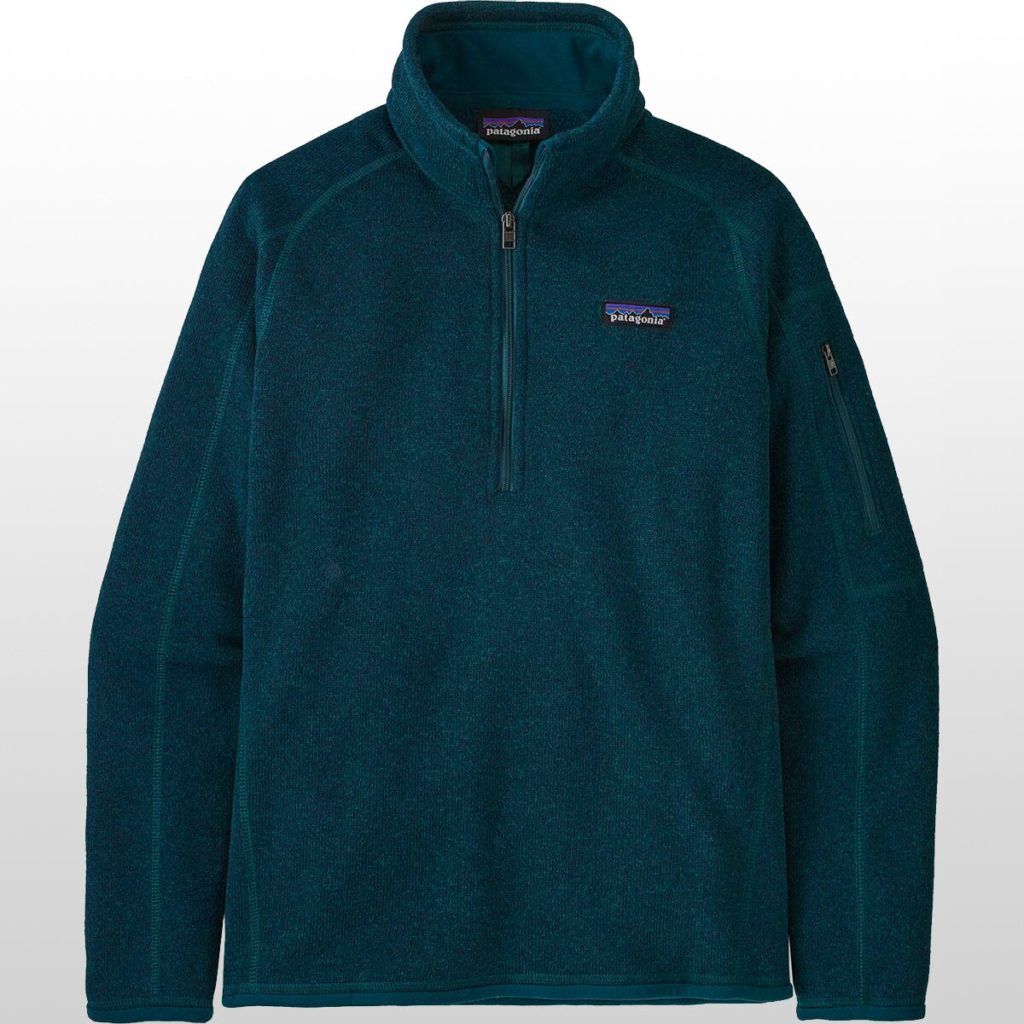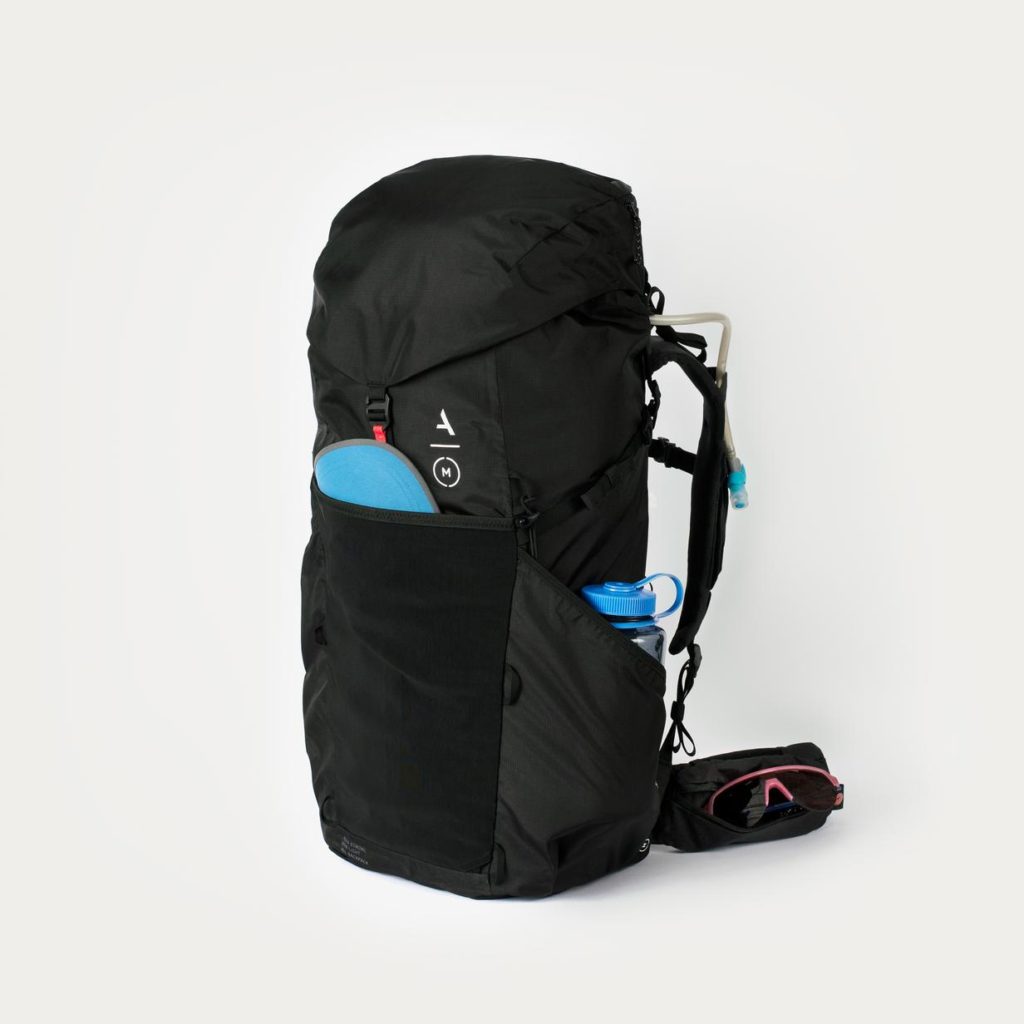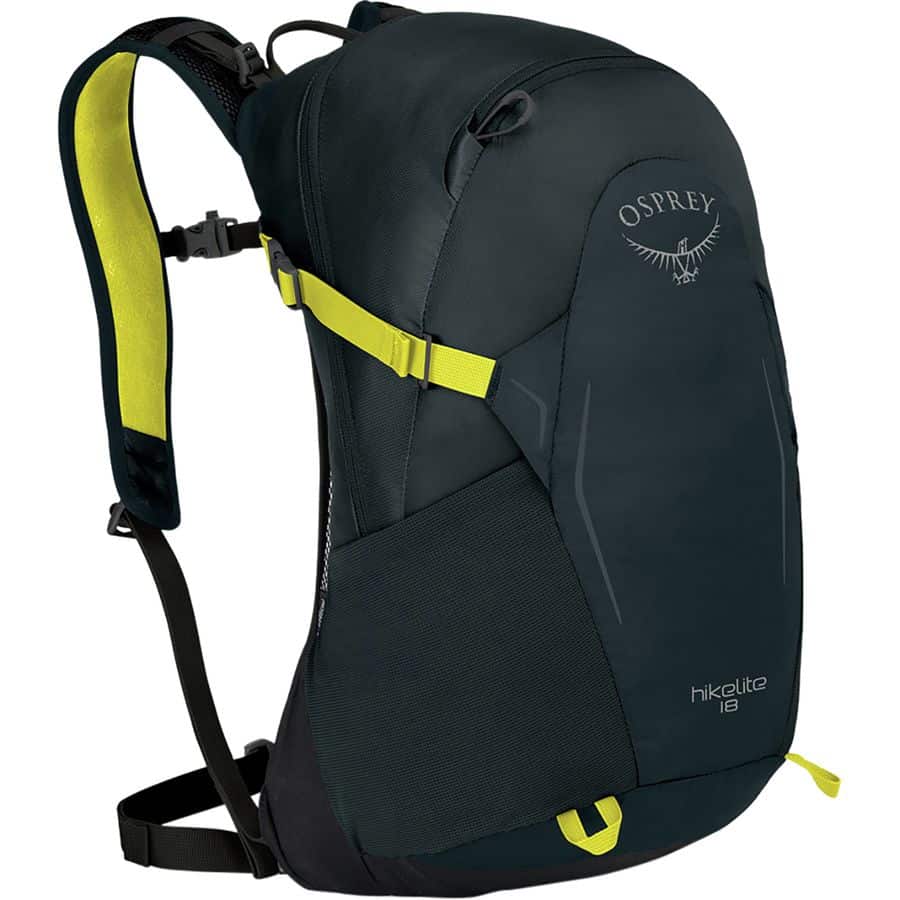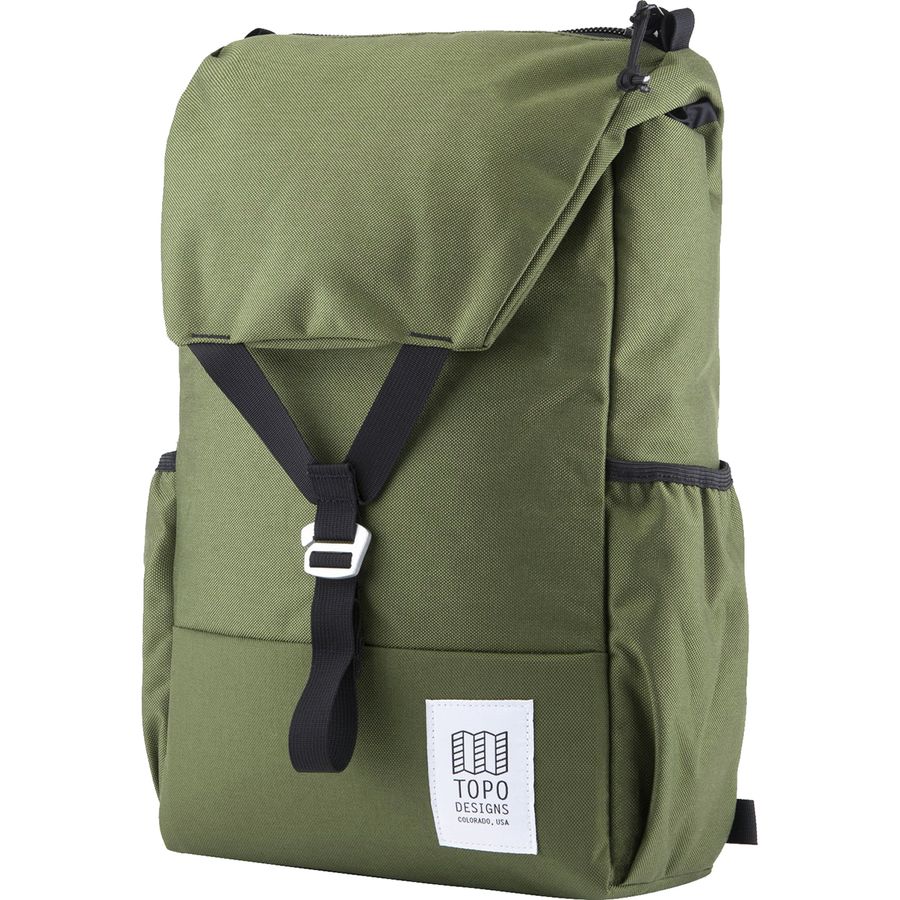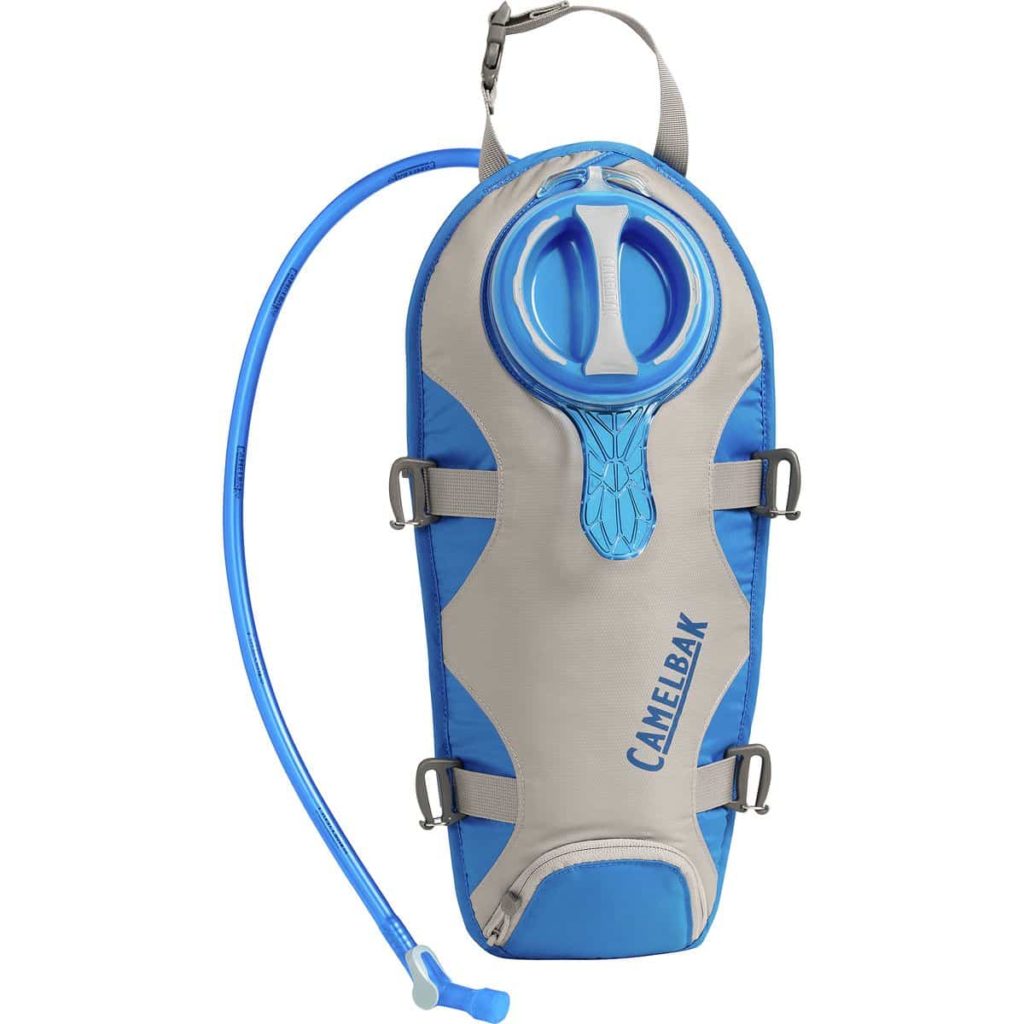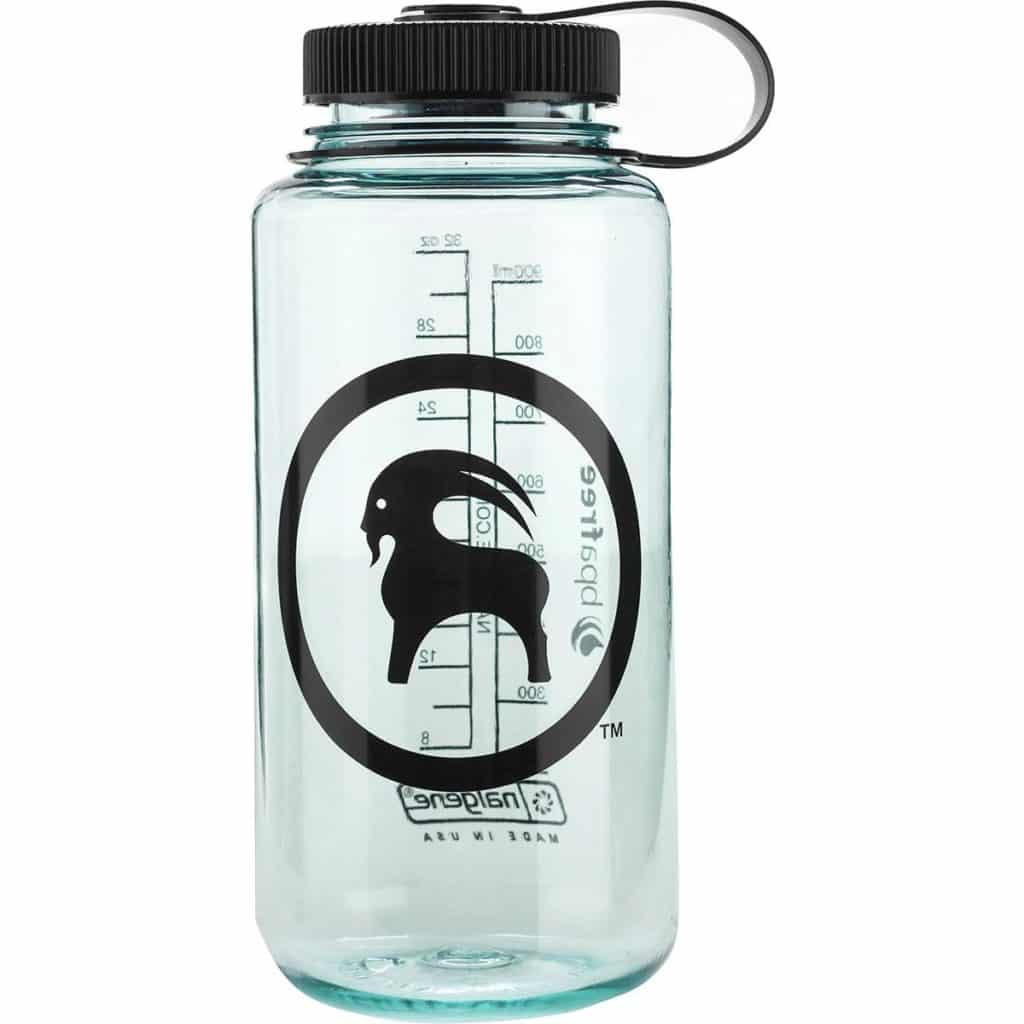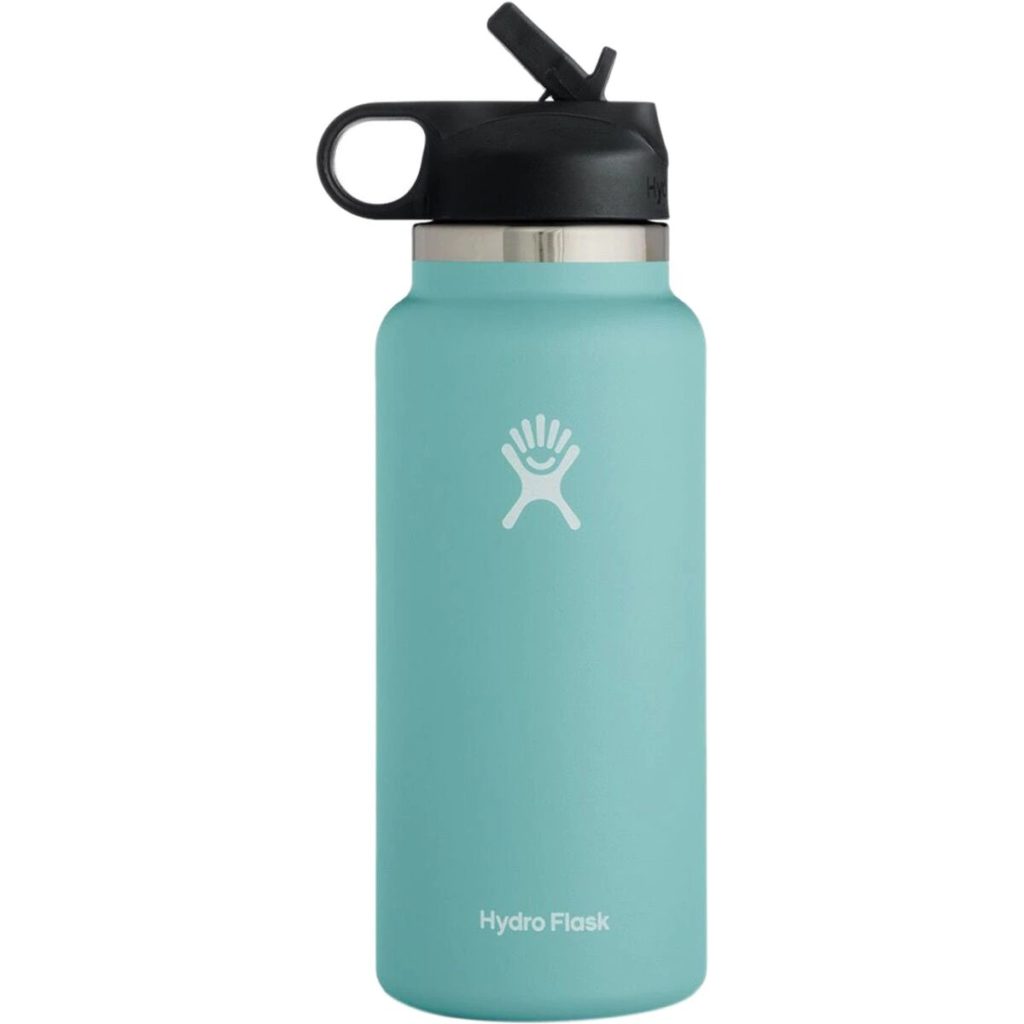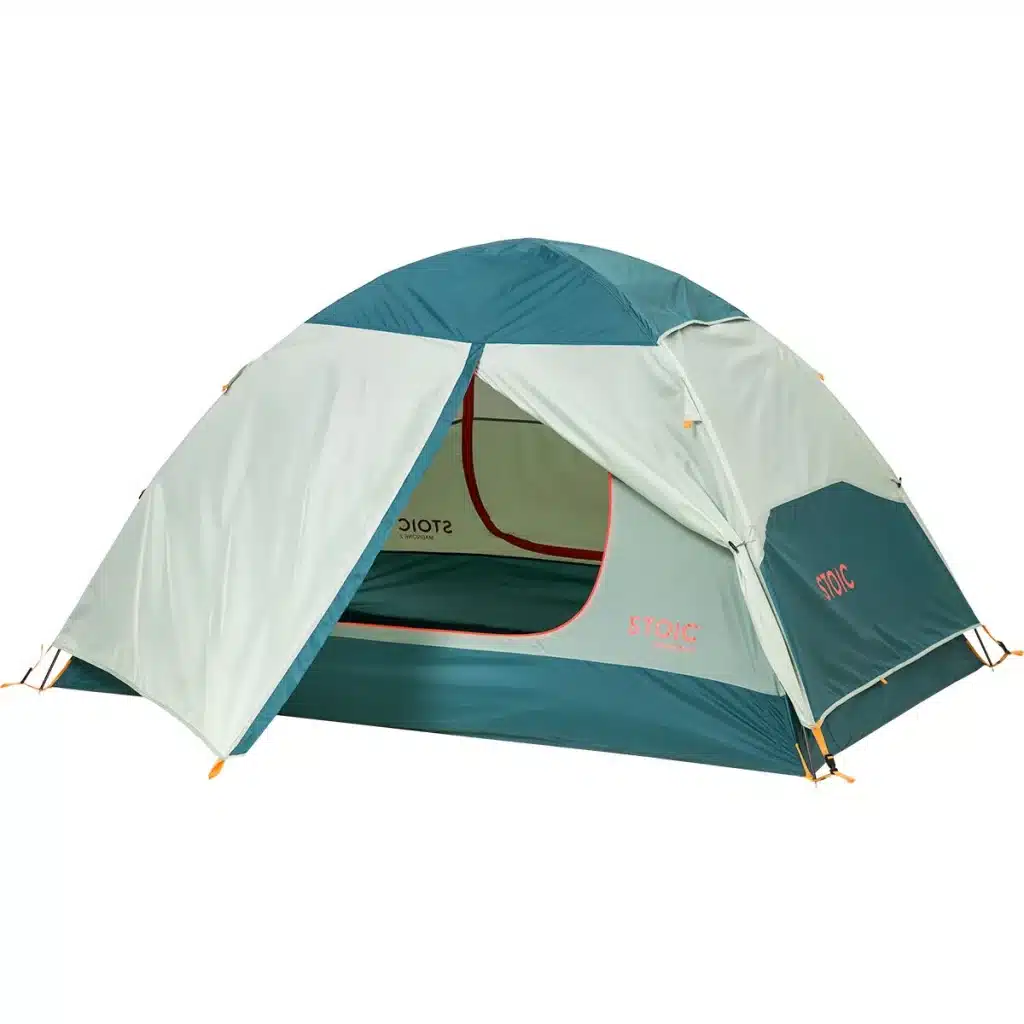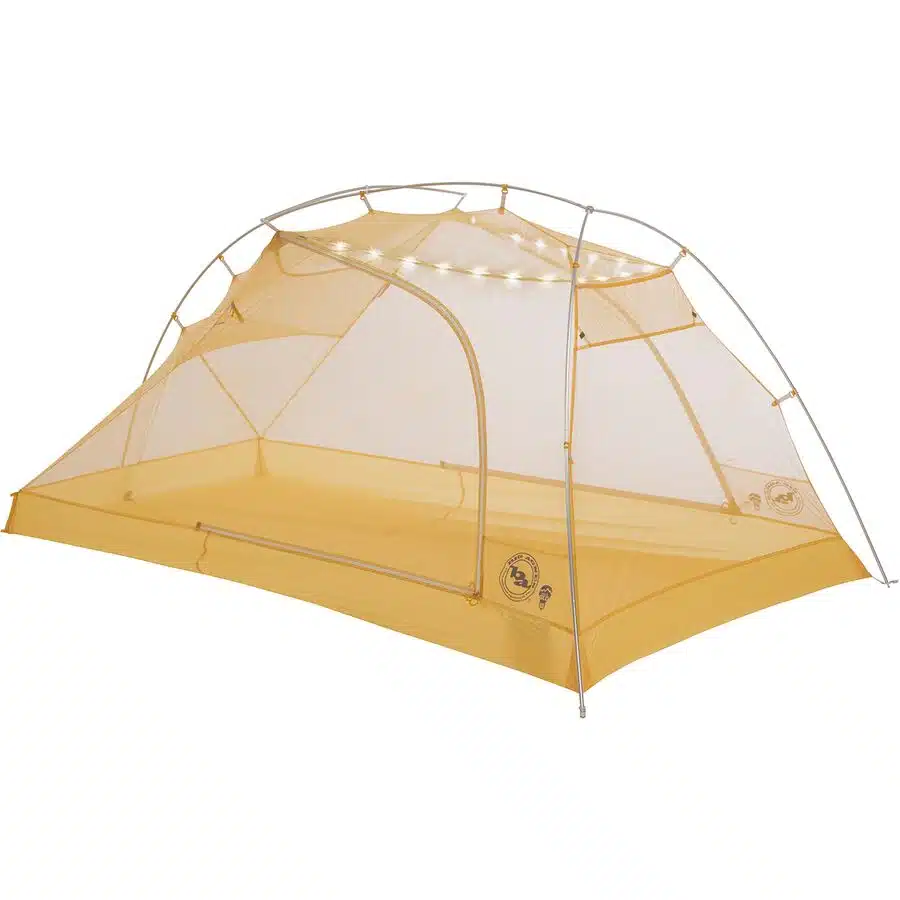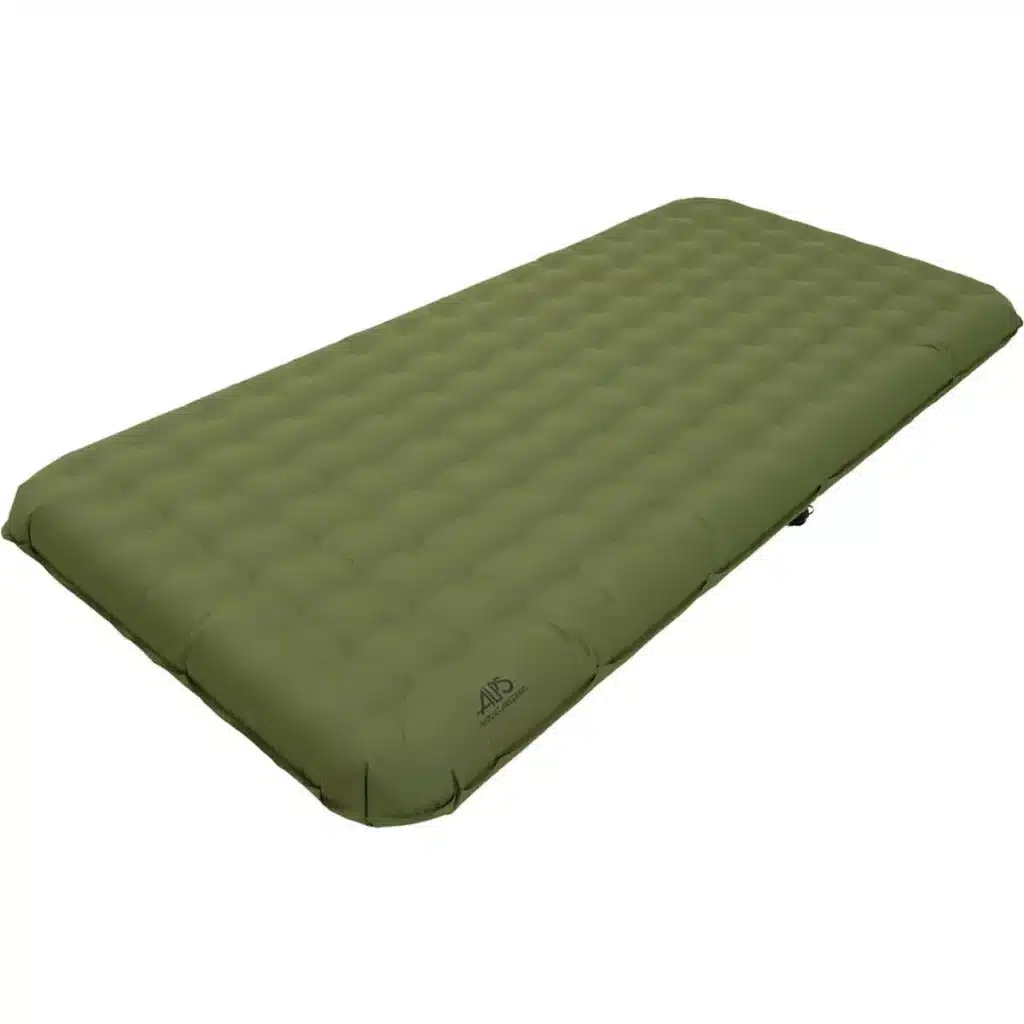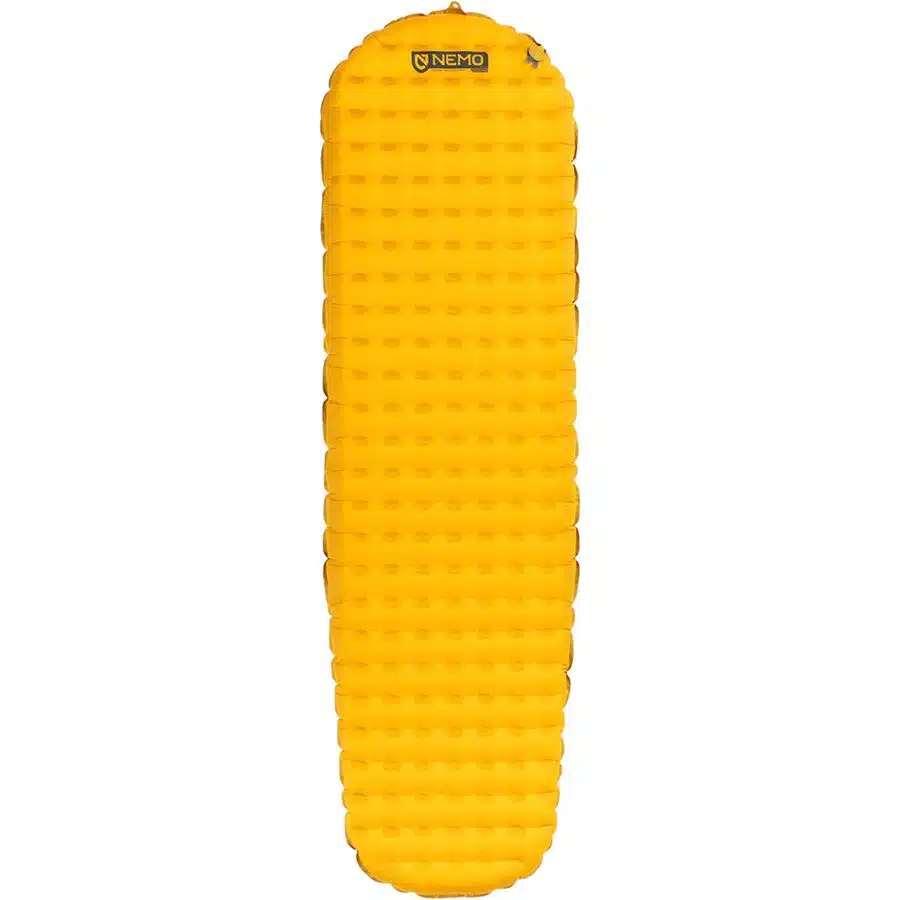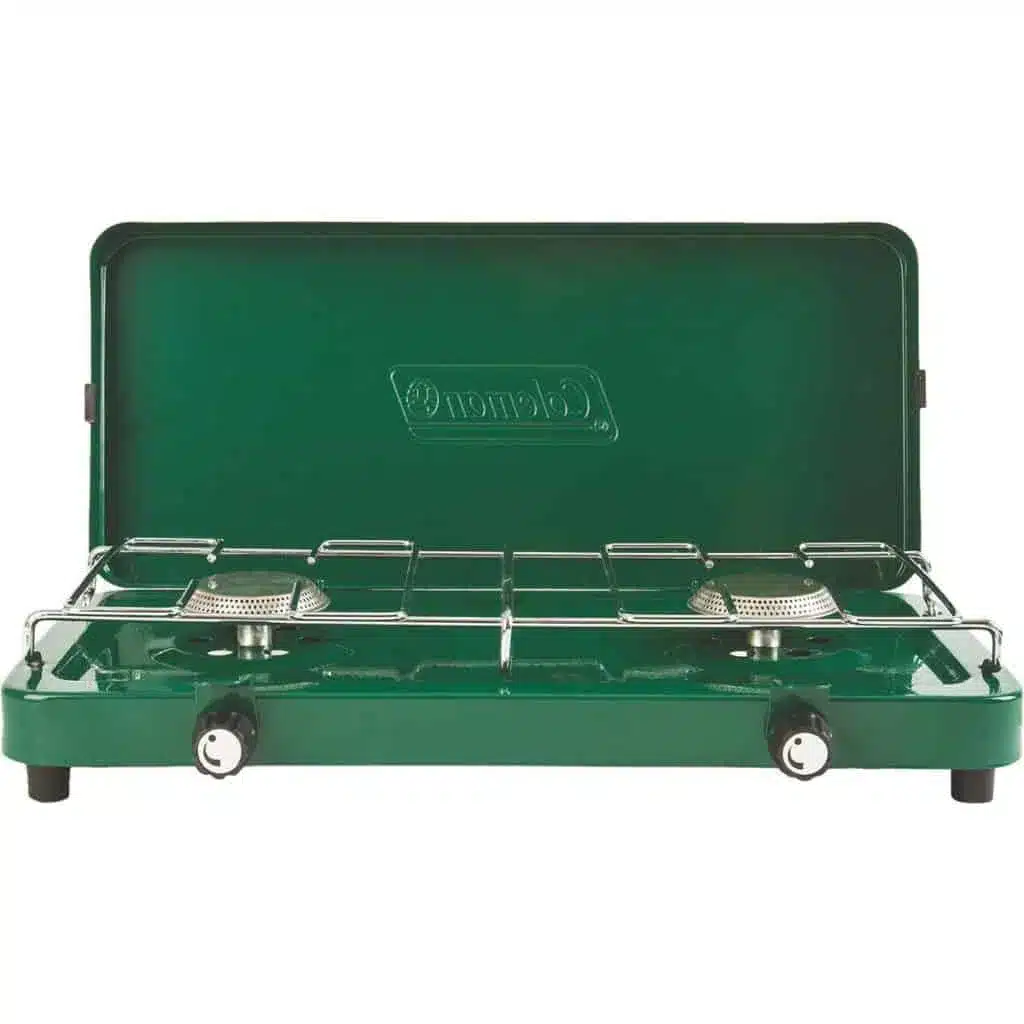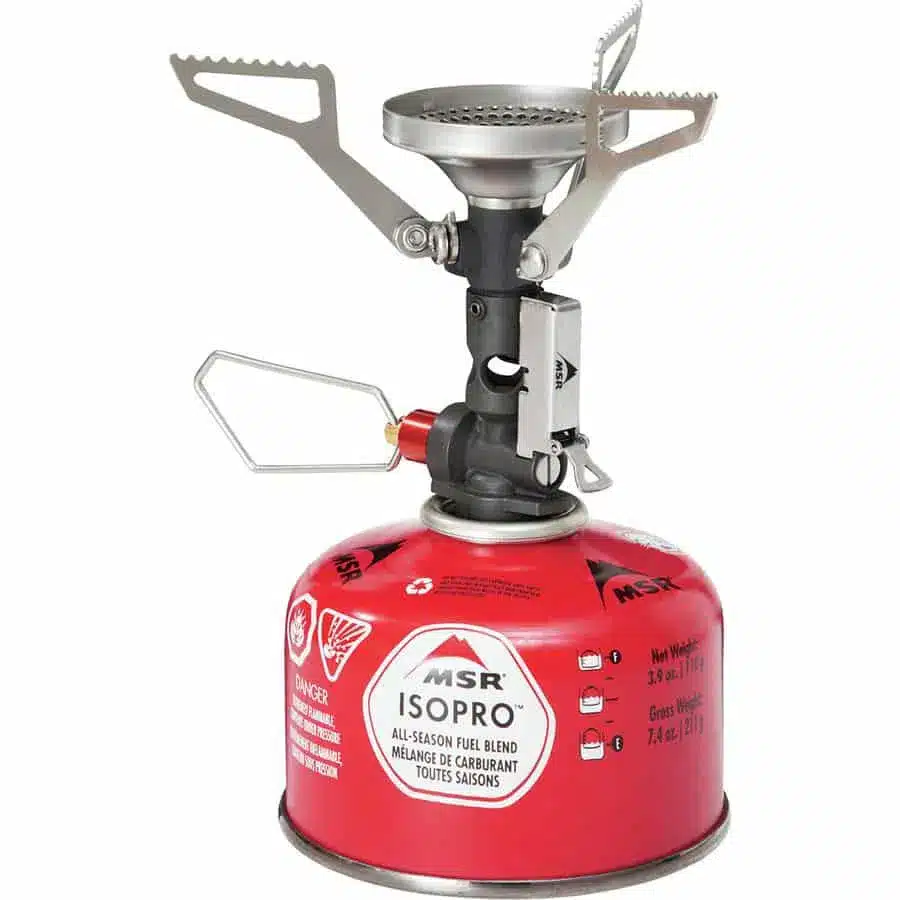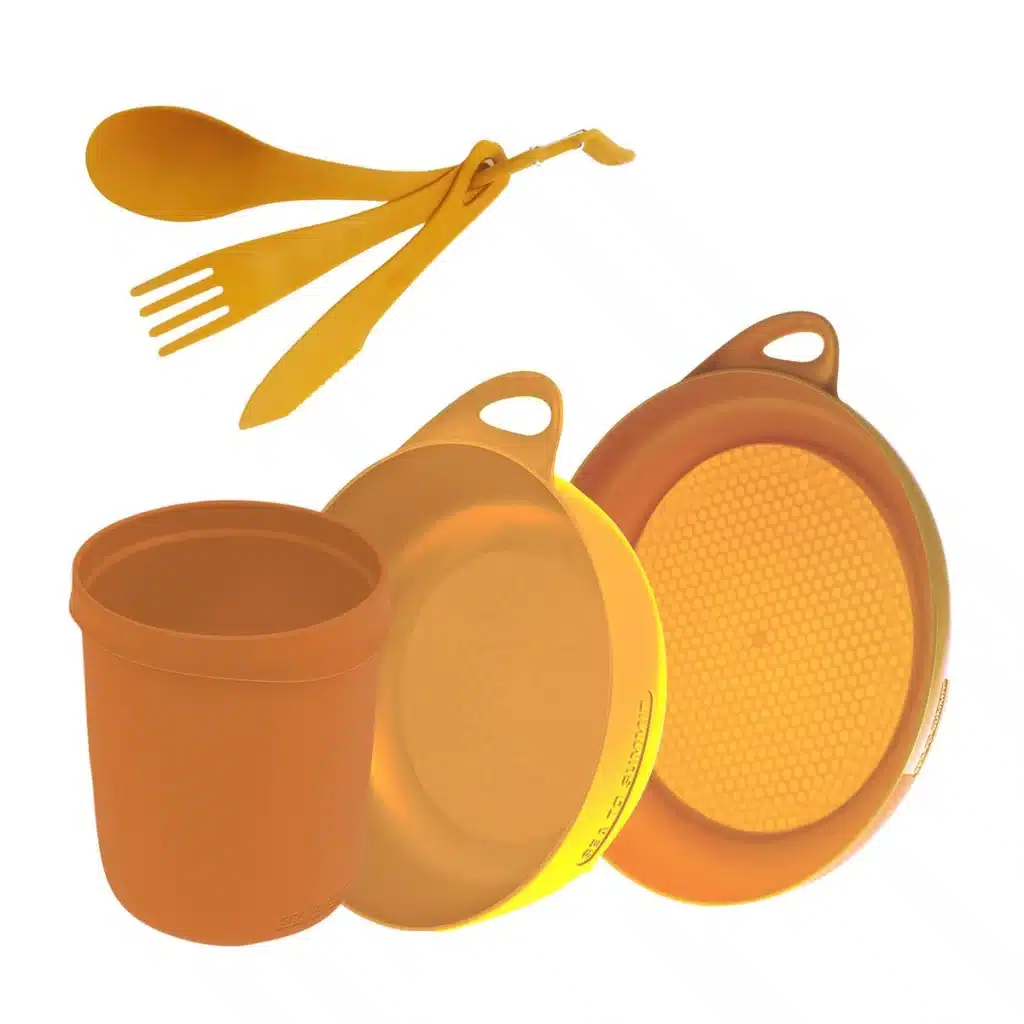California Coast Road Trip Itinerary: Oregon to San Diego
The California Coast is absolutely stunning – with rugged cliffs, scenic landscapes, and endless jaw dropping views of the ocean. Taking a California Coast road trip is the best way to see all the scenery, and this guide will tell you everything you need to know to drive all the way from California’s northern border – Oregon to San Diego!
This California Coast road trip guide goes north to south along the entire coast – but you can do it in the other direction, or drive just part of the coast.
We’ll talk about everything you need to know to explore the California Coast – the best places to stop along the Pacific Coast Highway, sample itineraries, maps, what to bring with you, how to find places to stay, hikes, viewpoints, and more!
Head’s up: some of these links are affiliate links, so I get a commission if you make a purchase (at no cost to you). But that’s great, because I was going to share anyway, and this helps me keep making free guides for you!
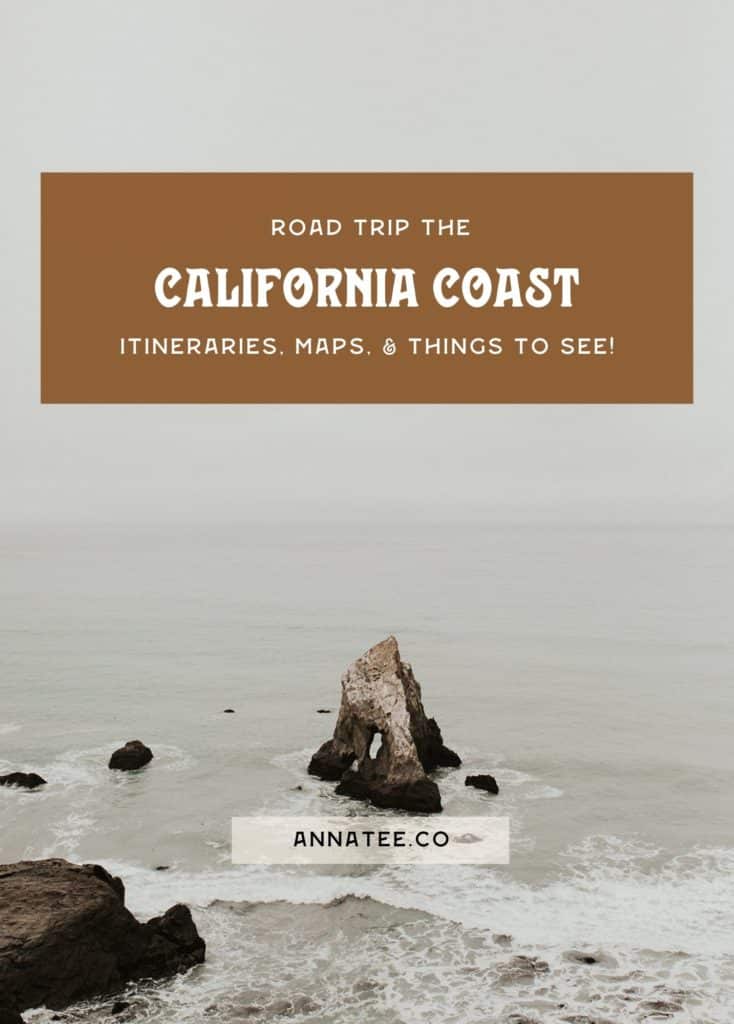
Pin this photo to save this California Coast Road Trip guide for later!
What is the Pacific Cost Highway? The Route for a California Coast Road TriP
When it comes to the California Coast, you’ll often hear people talk about the Pacific Coast Highway (PCH). This refers to the iconic Highway 1, which goes along the coast with incredibly scenic views!
The Pacific Coast Highway begins nearly 200 miles south of the border of Oregon and California. If you’re driving along the Oregon Coast, you’ll be on Highway 101 when you cross into California. This part of Northern California is totally worth checking out, as it has some of the most remote, wild places!
So, this guide will definitely cover a road trip on the PCH, but it begins earlier than that – we’re talking about the entire coast of California! With these sample itineraries and places to stop along the coast, you can road trip from Oregon to San Diego.
If you’re flying in before your road trip, there are several airports along the California Coast. I recommend using Expedia to find the best deals on flights! From there, you can rent a car through Discover Cars or Rental Cars.

Getting Around on a California Coast Road Trip
The first thing you’ll need to plan the ultimate California Coast road trip is a vehicle!
But, a great alternative to driving your car or renting one is renting a tiny home on wheels! With a camper van, you get a vehicle and a place to sleep, all in one! This is my favorite way to travel, and you can rent a fully decked out van with Escape Campervans.
How to Plan a California Coast Road Trip
My favorite tool for road trip planning is The Dyrt. With the free app, you can find campsites and places to stay – and with The Dyrt Pro, you can also create a road trip route and find must see spots along the California Coast.
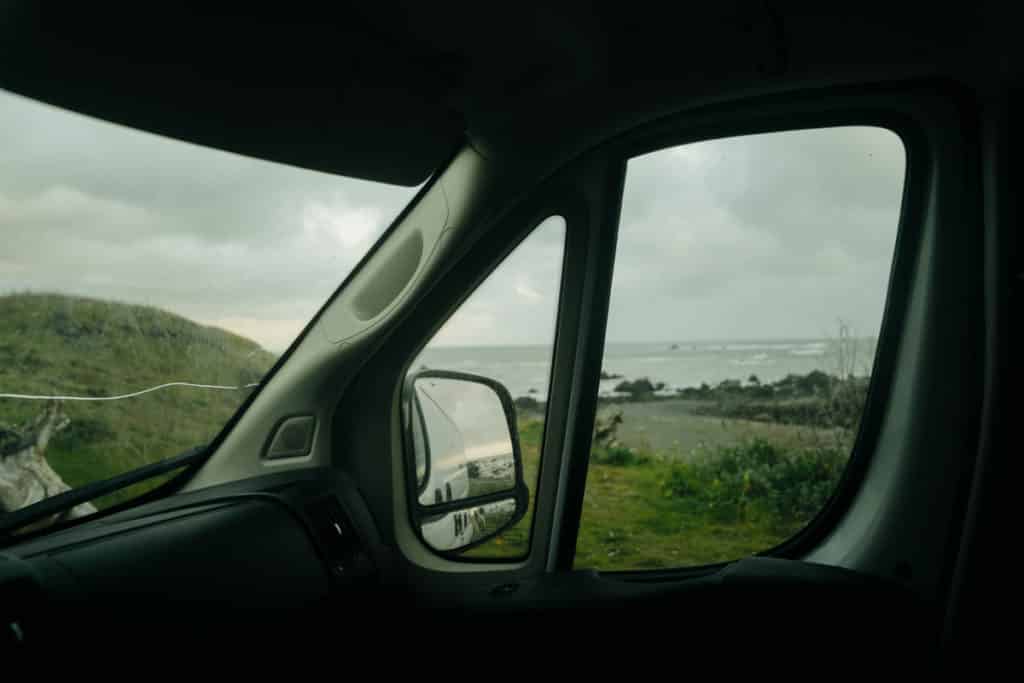
The Best Time for a California Coast Road Trip
There really is no bad time to drive along the California Coast – but you’ll need to be prepared for different things depending on when you go!
My personal favorite time to drive the California Coast is late fall or winter – as you head south it gets much warmer, so it’s a really nice getaway. Living in my van, I usually spend summers in the Pacific Northwest, then go to California when it starts to get cold! The climate in Northern California is really different from Southern California, and in the winter, the north part of the state is often a little gloomy, with rain and overcast days. But, this means there are fewer people out on hikes and at campsites, so it’s a great time to explore!
Southern California has more consistent weather, though summers tend to be foggy, while winters are sunnier – but you will see Californians in puffy coats because it sometimes gets to 50 degrees (gasp)!
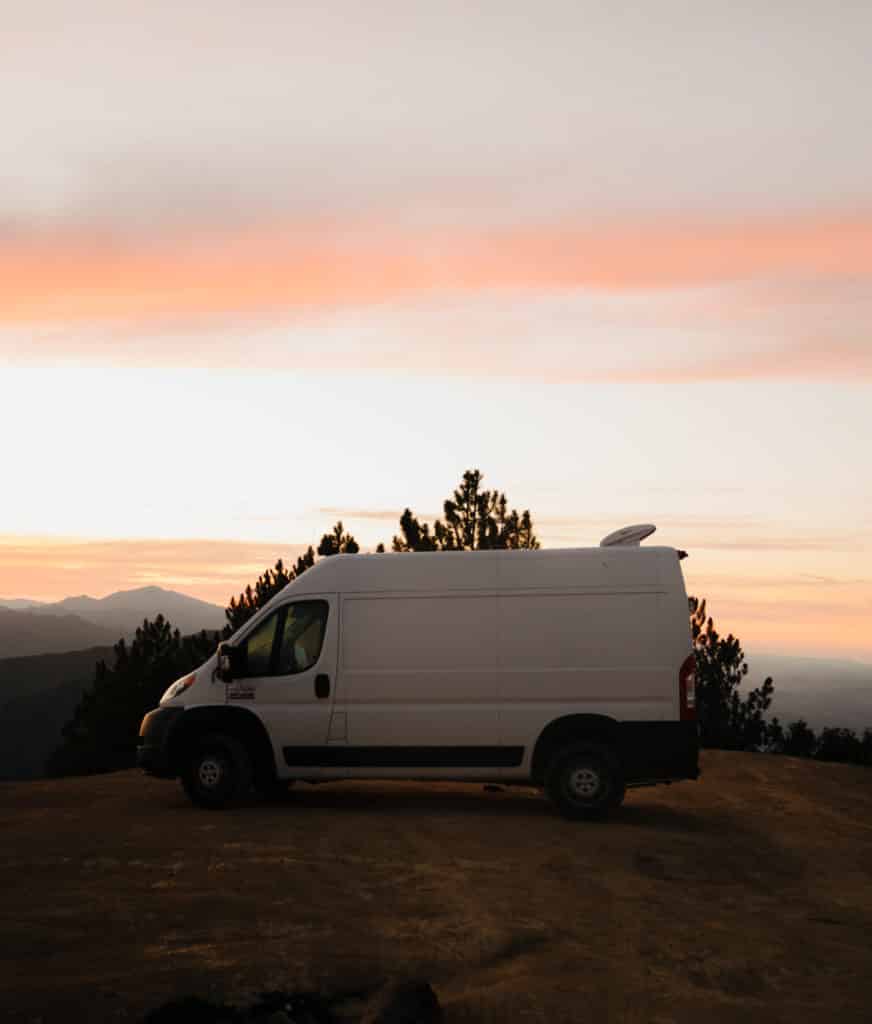
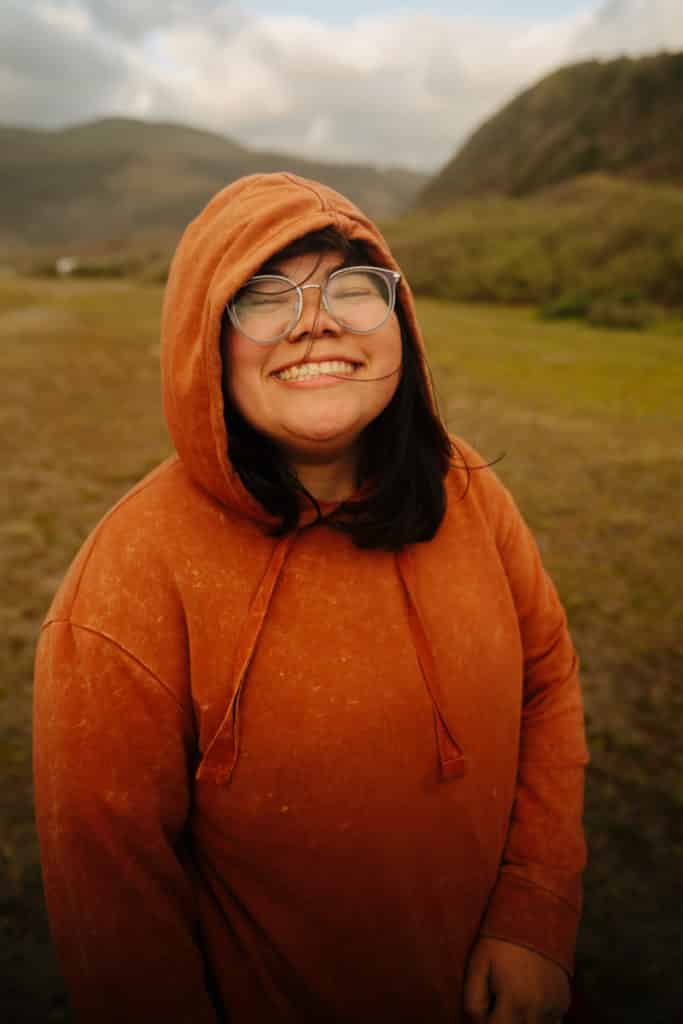
Things to Pack for a California Coast Road Trip
Packing for a road trip along the California Coast can be tricky – the state is huge, so the climate in the north will be so different than the weather by the time you reach San Diego. You’ll need to prepare for both, unless you’re only doing part of the coast for your road trip!
Waterproof Shoes
Waterproof shoes are a must for a road trip through Northern California. You may not need them in the summer (but weather can be unpredictable, so I do recommend them anyway), but any other time of year, the trails can get really muddy! Waterproof shoes are a must if you’re planning on hiking along the coast. Even if you aren’t hiking, I recommend waterproof shoes for any scenic stops along the California Coast.
My favorite hiking boots are my Danner boots – they’re cute, comfortable, and waterproof! I also love hiking in my Chacos, but I would only recommend sandals in the summer on the Northern California Coast – any other time of year is just too muddy! The sandals are great once you get further south too, when the weather is warm.
Rain boots are another great option for muddy conditions, and are definitely the easiest to clean.
Bonus Tip: A lot of these links are for my favorite place to buy outdoor gear – Backcountry. If you install the free Lolli extension on your browser, you can earn free Bitcoin when you shop online at certain retailers, including Backcountry. You can transfer it to a crypto wallet, or just cash out to your bank account.
Rain Jacket or Windbreaker
The Northern California Coast is known for moody weather, but even in Southern California, I recommend a windbreaker! Even in the summer, the ocean “breeze” is more like a strong wind, and even on a sunny day you’ll get chilly fast!
The Marmot Minimalist Jacket is a great lightweight, waterproof option for hiking in the rain. For windbreakers, the RVCA Meyer Packable Anorack Jacket is cute, and folds up nice and small! For added warmth and layering, add a a Patagonia fleece.
Backpack
You need somewhere to put your snacks! And your hiking gear, of course.
When I’m bringing my camera gear, my favorite backpack is the Alex Strohl Mountain Light. It’s definitely the best camera bag out there for hiking with photo gear. If you don’t need storage for camera stuff, I recommend an Osprey Hikelite. If you aren’t planning any intense or long hikes, I love my Topo Designs Y-Pack for carrying everyday essentials!
Hydration!
Especially when you’re hiking or exploring outdoors, it’s important to stay hydrated! Single use water bottles are, of course, terrible for the environment, so avoid that and bring a reusable one!
For hiking, the CamelBak water reservoirs are convenient and easy – they can fit in your hiking backpack for water on the go. Nalgene water bottles are great for day to day, and if you want an insulated water bottle to keep your water cold and refreshing, Hydro Flasks are the best!
Tent
You can stay in hotels throughout your California Coast road trip – but there are also tons of campsites that make for a cheap (or free), scenic place to sleep!
If you want to camp, you may need a tent. The Stoic Madrone 2 person tent is a more budget friendly option. If you backpack, you may want to invest in a lighter option – the Big Agnes Tiger Wall tent weighs less than 2 pounds!
If you’re traveling alone, I really recommend trying out hammock camping! Sleeping in a hammock is incredibly comfortable – you’ll never go back to a tent. The ENO hammocks are definitely the best, and you can get a rain cover as well. Though I wouldn’t sleep in a hammock with two people, the double nested hammocks are comfier, and if you sleep in it, it’s big enough to wrap around and protect you from bugs.
Sleeping Pad
Whether you plan to car camp or tent camp, a sleeping pad is a necessity for comfy nights! It takes up much less space than an inflatable mattress, but can help just as much with comfort on the road.
The ALPS Mountaineering Velocity Air Bed is comfortable and great for car camping, and big enough for two. For a lightweight option, the NEMO equipment Switchback Sleeping Pad folds up small and is also great for backpacking! If you’re going to be car camping or backpacking in colder weather, the NEMO Insulated Sleeping Pad is another great, lightweight option.
Camping Stove
When you’re on your California Coast road trip (or any other road trip), having a camping stove makes all the difference – you can make your morning coffee, or cook a hot meal at a gorgeous overlook.
Coleman makes the best camping stoves. For smaller, more packable options (good for backpackers), check out the MSR Pocket Rocket stove. A camp cooking set that’s small and easily packable is a great addition to any camp kitchen!
Things to See – the Best Stops Along a California Coast Road Trip
From north to south, here are the must sees along the California Coast! As you drive, there will be countless overlooks and pullouts along the highway that I so recommend stopping at, but these are the main things to see on Highway 1, and along the entire coast.
You can begin your road trip from Oregon (check out these Oregon Coast road trip itineraries!), or choose a spot in California to begin the drive. Here’s a little tip – if you are coming from Oregon, fill up on gas before you cross the border! Gas in California tends to be much more expensive.

Crescent City
Crescent City is a great starting point for your California Coast road trip. The town is fun to explore for food and local shops, and it has some amazing scenery nearby! Check out Crescent Beach for a gorgeous view close to town.
Places to Stay:
- Cottage with a lighthouse view
- Family home in the Redwoods
- Crescent Beach Motel
- Tiny Cabin in the Redwoods
Redwood National Park
Redwood National Park is a must see on the California Coast! The towering trees are absolutely magical, and there’s often a fog that hangs over the forest canopy that makes for an even more storybook-esque view. Some of the most amazing beaches can be found in the park, as well as hikes through the forest. A few of the best hikes in Redwood National Park include the Damnation Creek Trail and the Prairie Creek – Foothill Loop.


The Lost Coast
While the entirety of the California Coast is unbelievably beautiful, there’s no denying that most of it is pretty well known, with lots of people at the beaches and on the trails. But, did you know that there’s a place on the northern coast that’s rugged, undeveloped, and almost entirely empty?
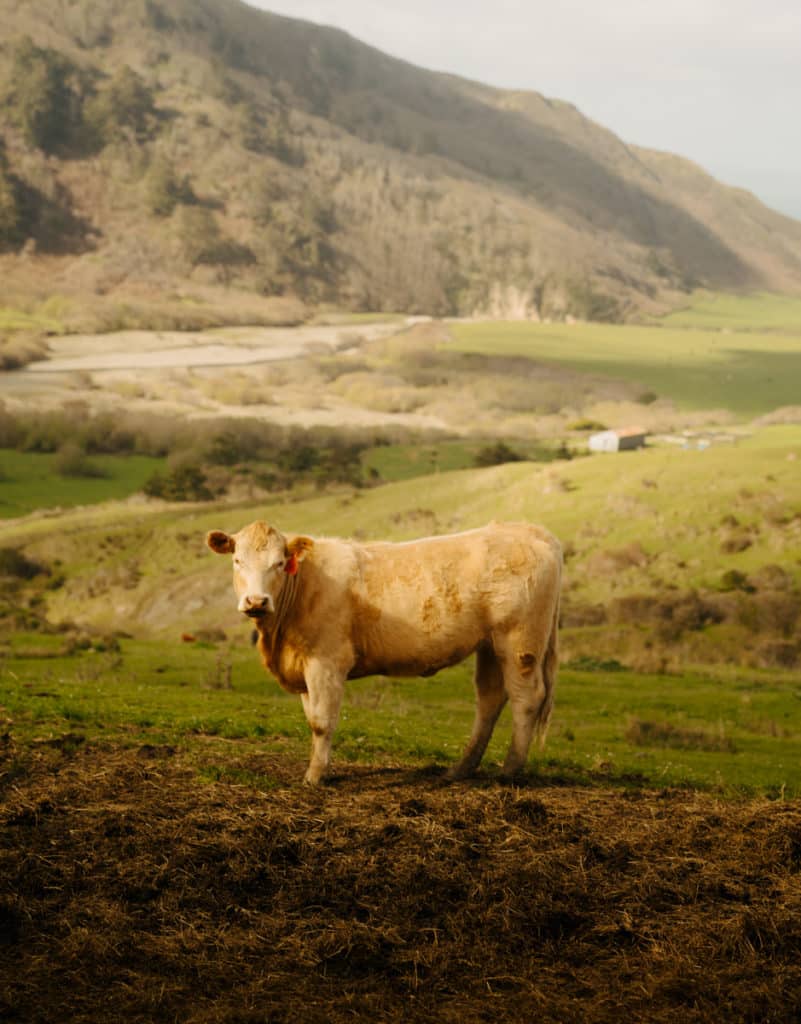
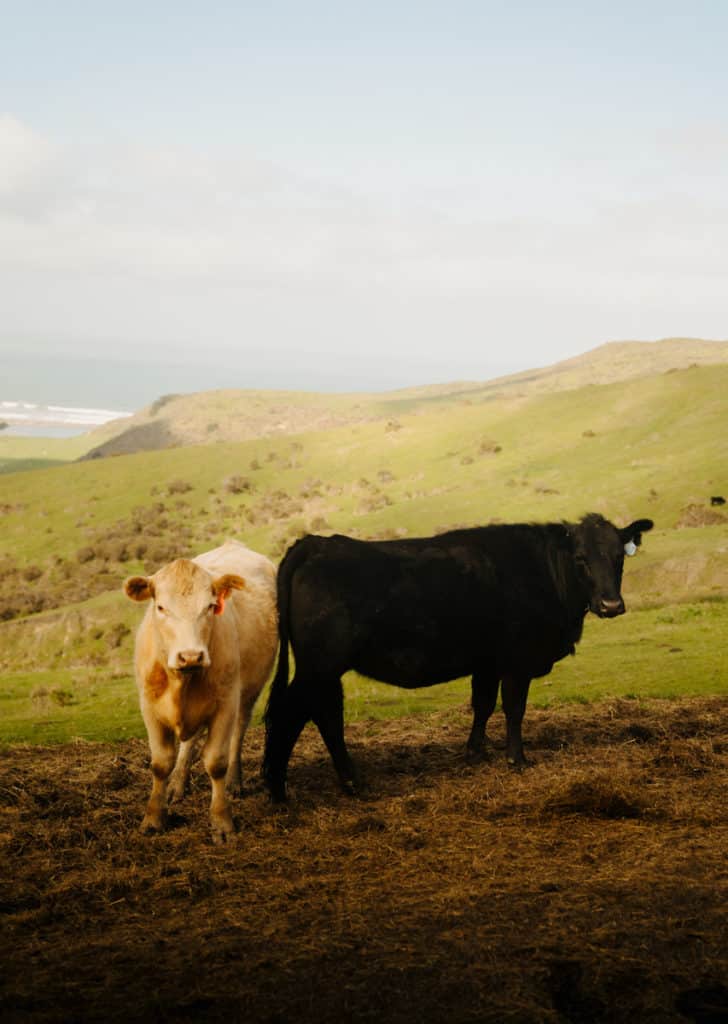
The coastal highway swerves inland for about 75 miles, leaving the Lost Coast far off the main highway, and as a result it’s isolated and off the beaten path, and it’s just about the last place on the California Coast that can be considered truly wild. Visit the Lost Coast, and you’ll have many of the beaches entirely to yourself!
While you’re here, visit the historic town of Ferndale, explore the undeveloped coastline, visit rugged Mattole Beach, and definitely check out the Black Sand Beach in the town of Shelter Cove.
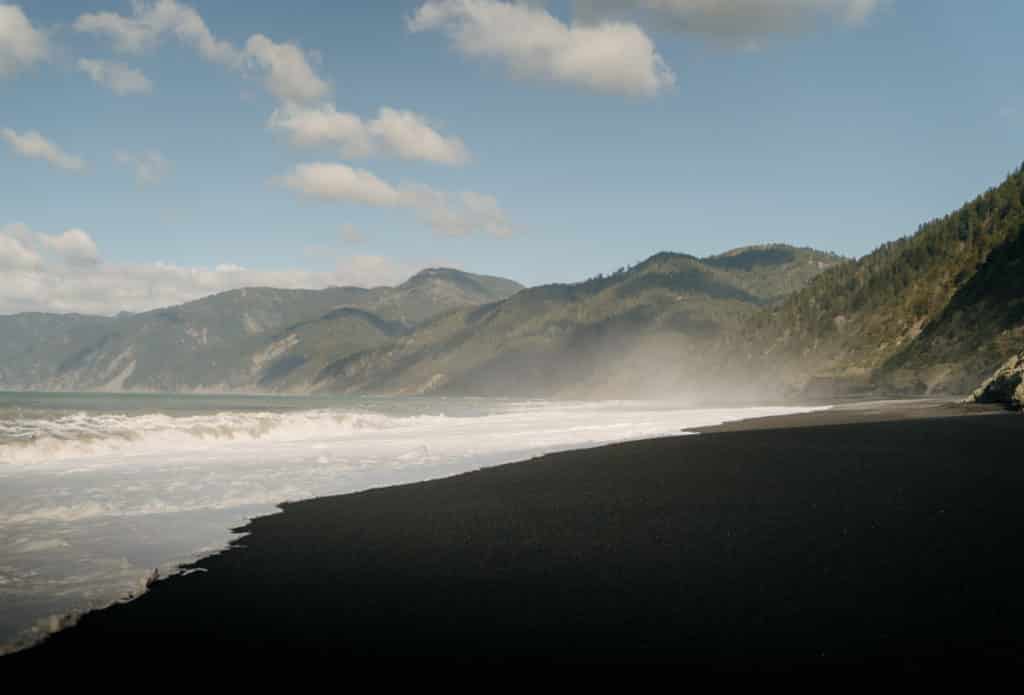
Where to stay:
- Victorian Inn
- Gingerbread Mansion
- An adorable farm house
- Castle Inn of the Lost Coast
- A beach bungalow
Avenue of the Giants
If you decide not to take the detour to the Lost Coast, make sure to drive down Avenue of the Giants! This scenic drive takes you parallel to Highway 101, but you’ll drive through some of the most amazing Redwood groves. You can just drive, or stop at Humboldt Redwoods State Park to walk some of the trails! The Rockefeller Loop is a short but scenic path with amazing views. You can also take a private tour of Avenue of the Giants, and have an experienced guide show you the best sights.
Fort Bragg
Fort Bragg is a cute coastal town, and one of the first places to stop on Highway 1 – which officially begins a little north of here! I recommend visiting Glass Beach, where the sand is made up of shiny sea glass. Fort Bragg is known for the Sunk Train – an old train that takes passengers inland, through forest groves and along the creek. You can ride the train, or even take a rail bike along the tracks!
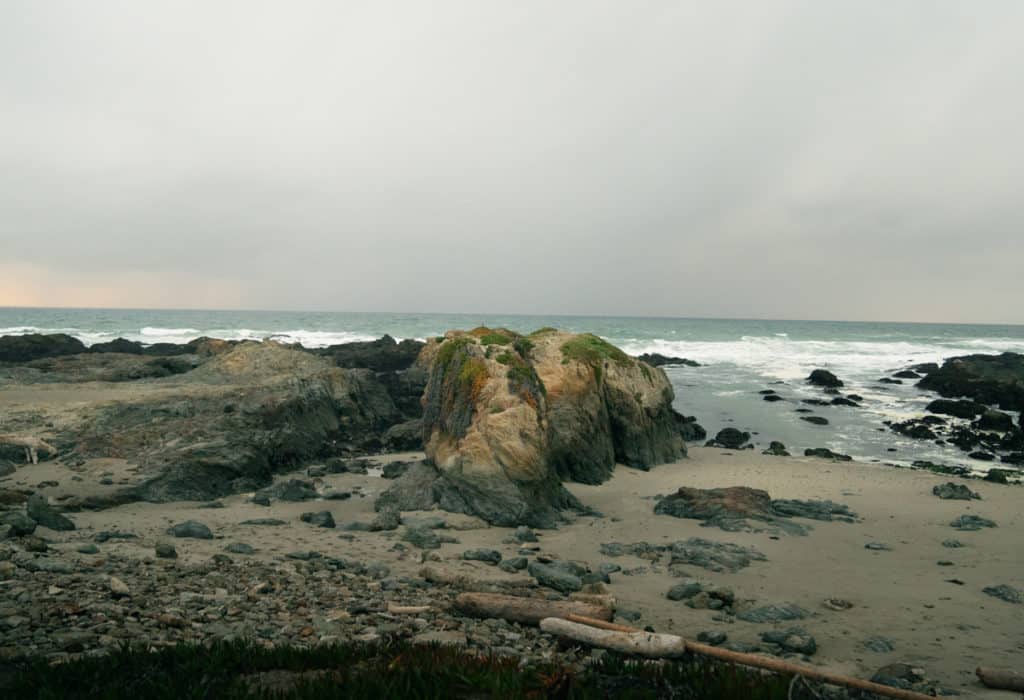
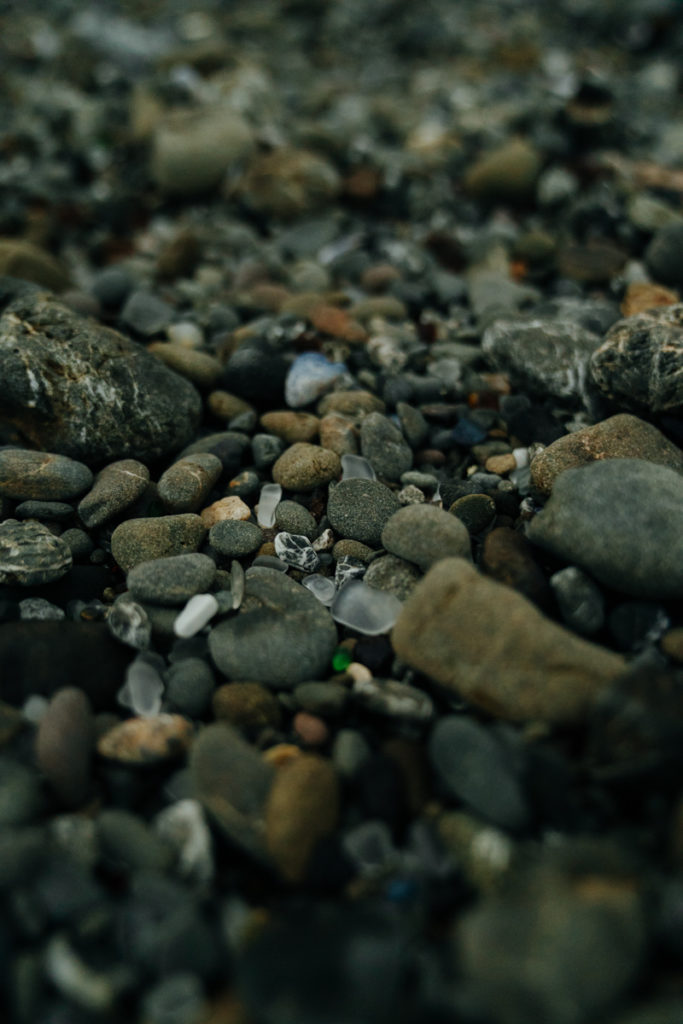
Russian Gulch State Park
Russian Gulch State Park is great place to stop and stretch your legs. There’s a short hike that will take you to sink hole – this is best seen at high tide, when the water flows into the cavern and creates a dramatic whirlpool!
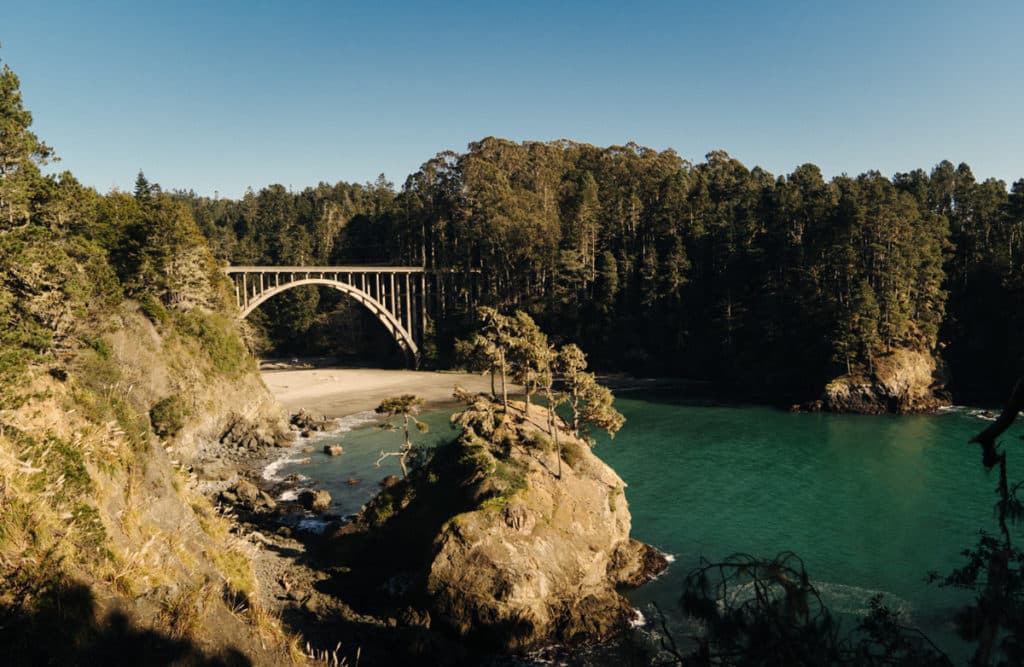
Gualala
Gualala is a small unincorporated community with amazing local gems! Explore the shops, eat at the local restaurants, and visit the beaches and parks. The Pygmy Forest is a unique sight, with miniature trees! The trees are fully grown, but because of the acidic soil, they’re forever preserved as miniatures. You can take this trail at Salt Point State Park. If you’re in Gualala between May 23rd and November 7th, be sure to check out the farmer’s market on Saturdays!
Just north of the town of Gualala, there’s a beach that’s a bit of a secret. It’s called Hearn Gulch, and the parking area is a small pull off from Highway 1. You can walk to the cliffs over the ocean, and descend down to the water! And you’ll likely have it all to yourself.
Places to Stay:
- Pine Grove Cobb Resort
- A vacation home with floor to ceiling windows and views of the ocean
- Cliffside retreat
- Cozy treehouse

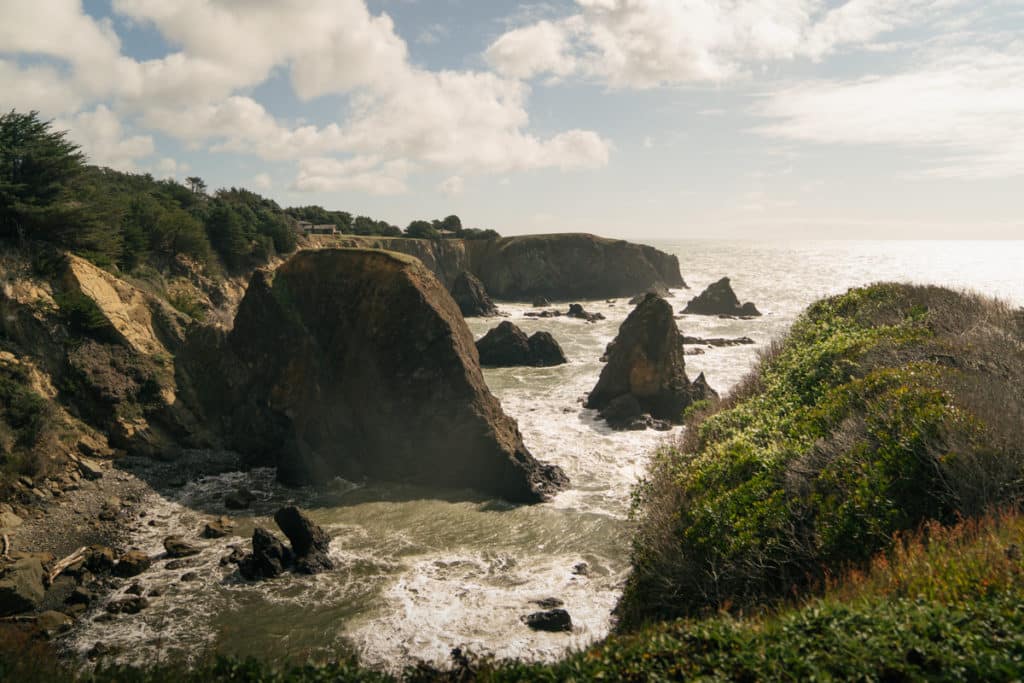
Point Reyes National Seashore
The Point Reyes National Seashore is an incredible place for hiking and backpacking, and it has some incredible views of the ocean. The best trail on the peninsula is the Tomales Point hike!
Where to Stay:
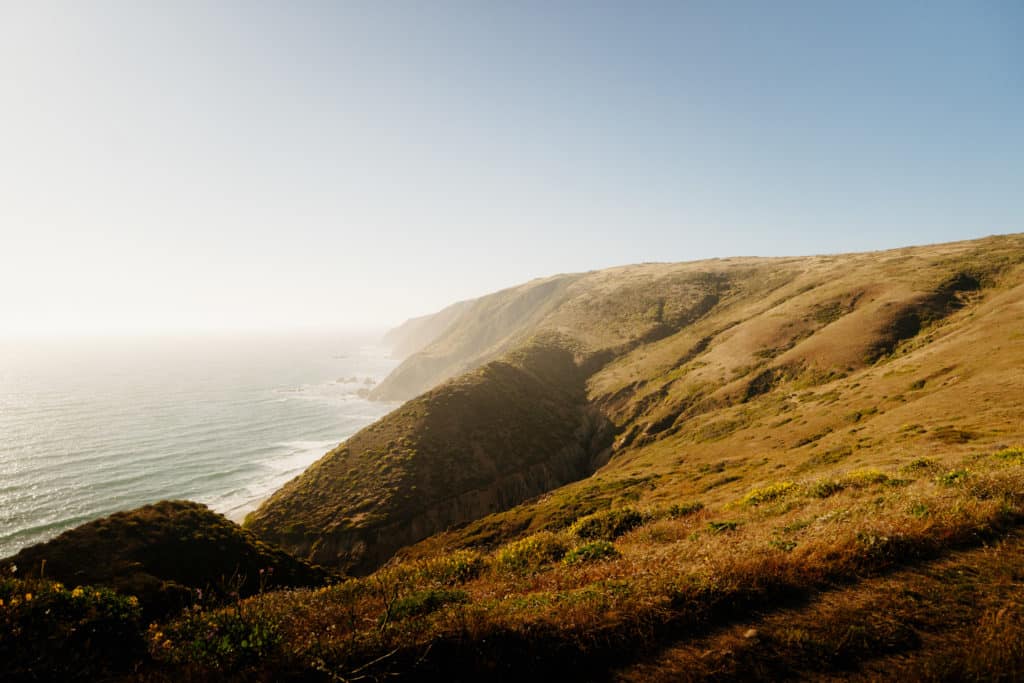
San Francisco
San Francisco is one of the best places to stop along Highway 1, with a cute city to explore, and amazing ocean views! I recommend the Land’s End Trail if you want to get outdoors and see the iconic bridge. Spend the day exploring the hilly streets, or relax at the beach!
Where to Stay:

Monterey
Monterey is known for being one of the best places in the country for snorkeling and scuba diving. You can visit the Monterey Bay Aquarium, or take a dip in the Bay to see the marine life! Lover’s Point Park is one of the best spots to explore in Monterey – whether you enjoy the views from the shore or get in the water.
Where to Stay:
Things to Do:
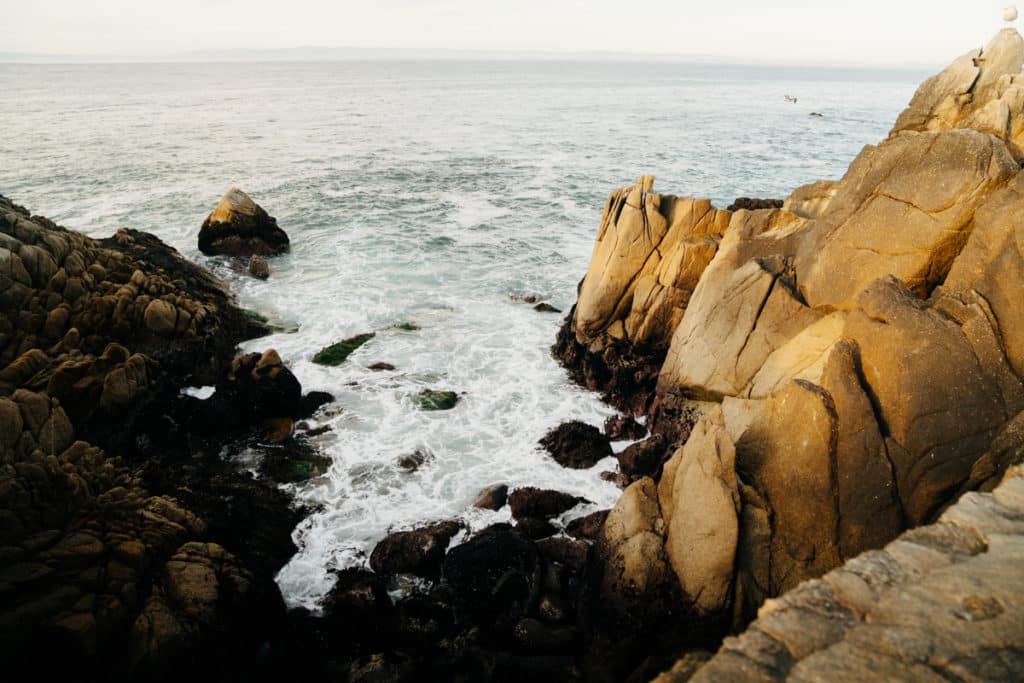
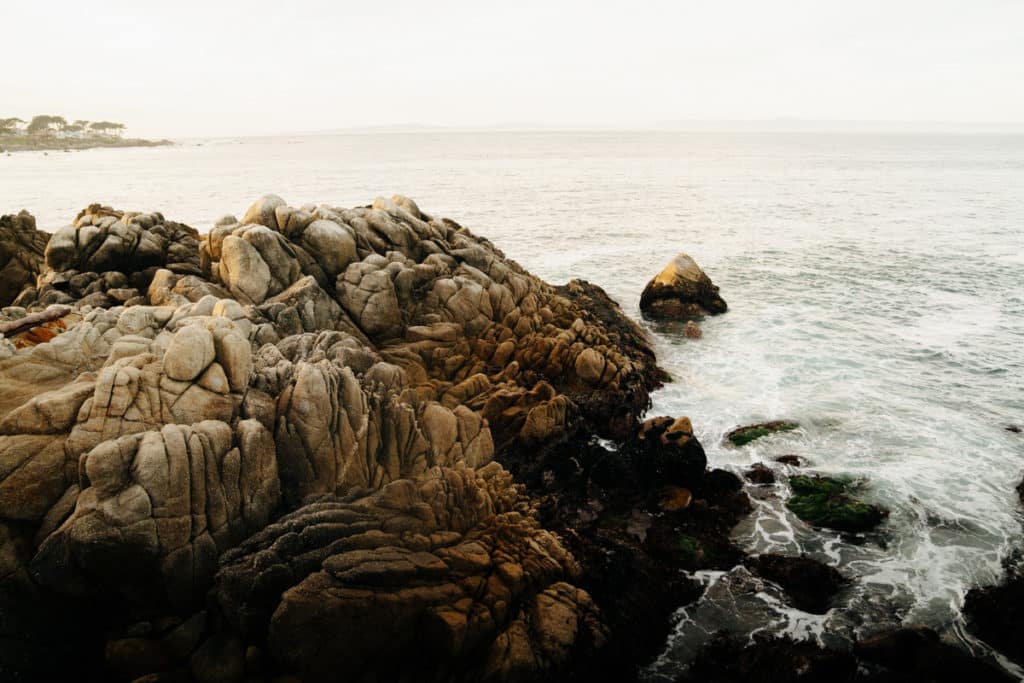
Big Sur
With some of the most incredible views of the coast, stunning beaches, and one of the most scenic drives in the country, you can’t take a California Coast road trip without seeing Big Sur! Check out the short trail to McWay Falls for a waterfall by the ocean, visit Pfeiffer Beach to see the incredible purple sand, or go surfing at Sand Dollar Beach.
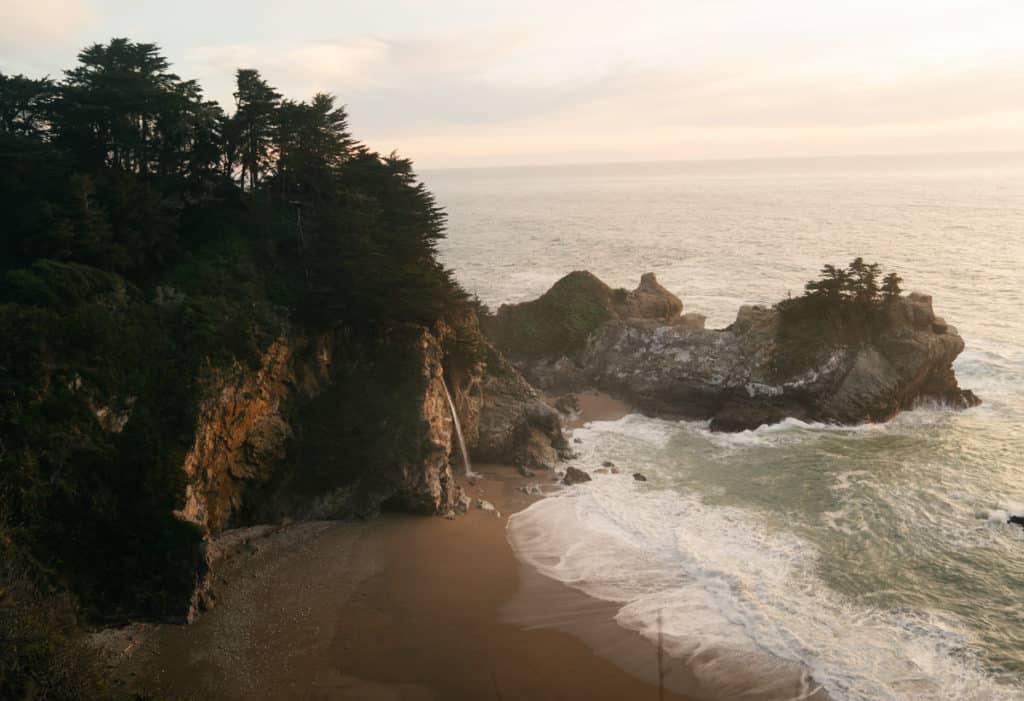
Elephant Seal Vista Point
A fun place to stop and stretch your legs is the Elephant Seal Vista Point – where you can walk a boardwalk trail and see the elephant seals along the beach! It’s a unique sight, and a cool opportunity to see some wildlife.
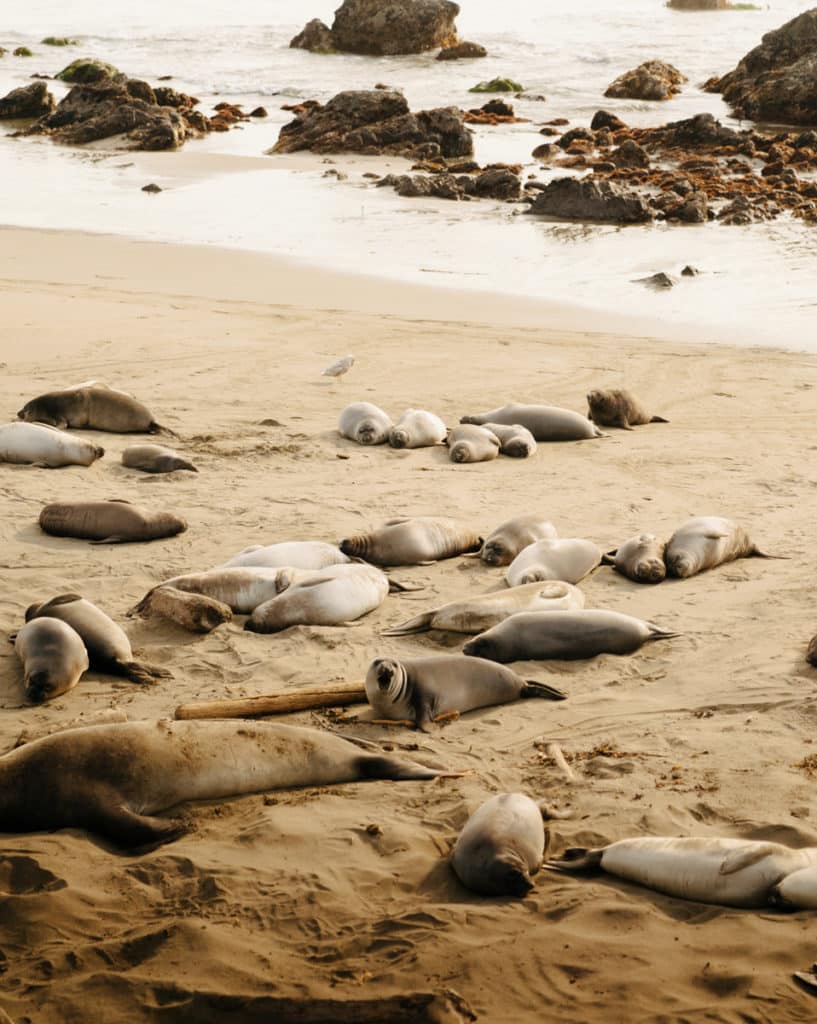
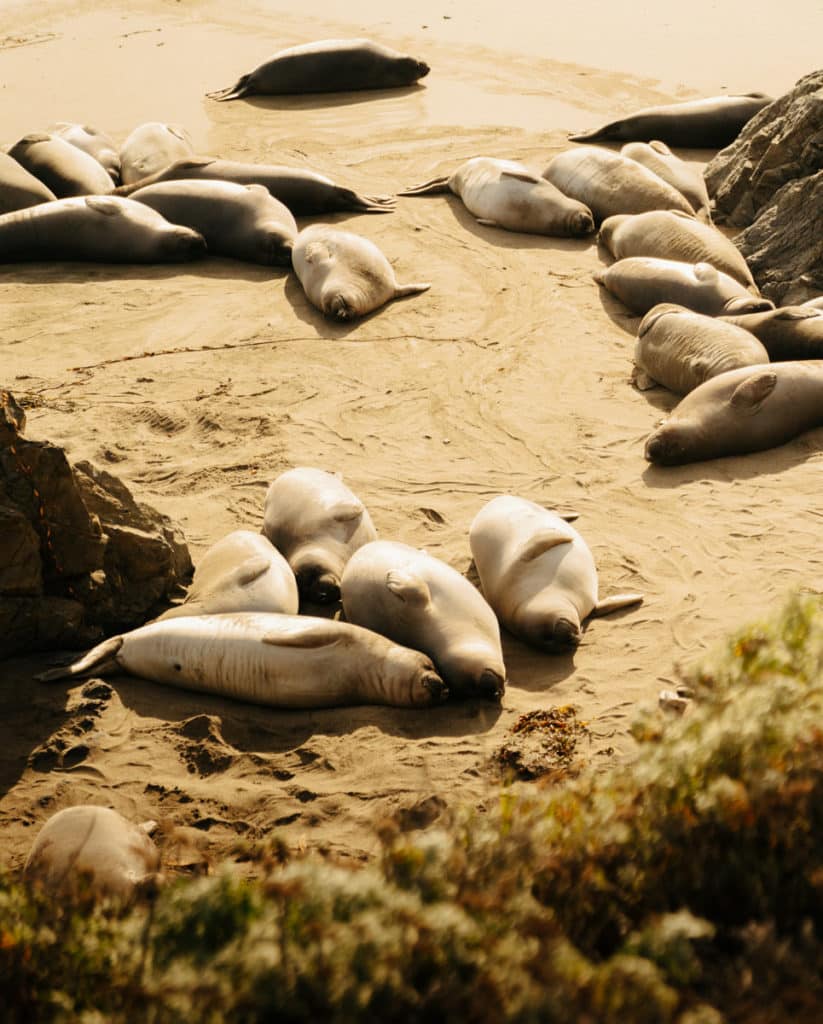
San Luis Obispo
San Luis Obispo is another cute coastal town to explore, and one of the best places to go if you want to visit California’s wineries! For incredible views of the ocean, visit Pismo Beach and explore Dinosaur Caves State Park.
Places to Stay:
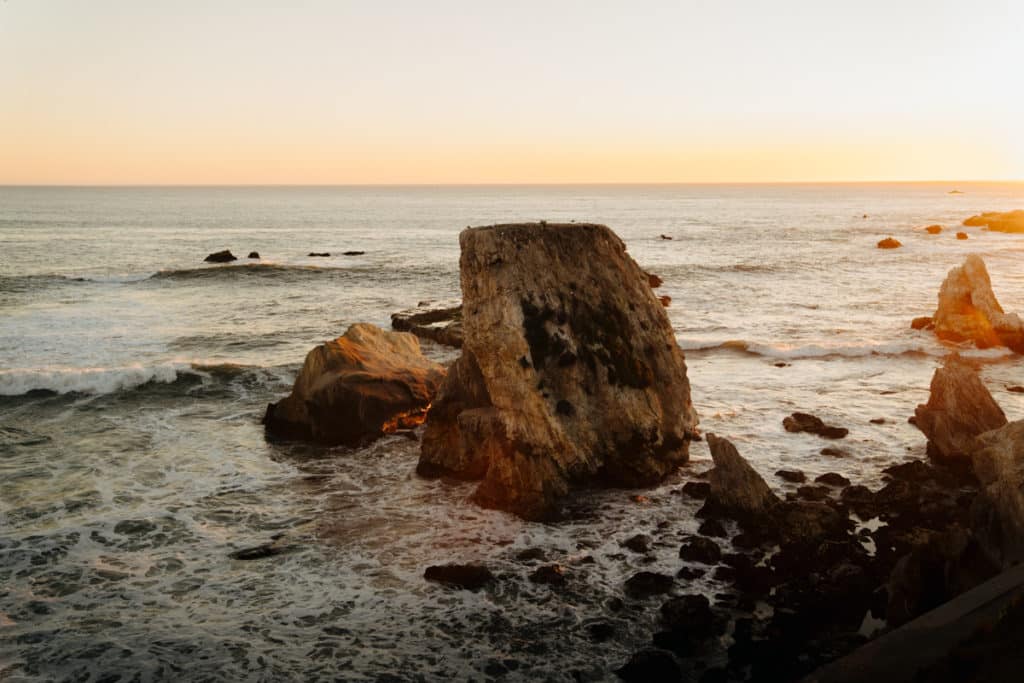
Santa Barbara
Santa Barbara is a town with Mediterranean style homes, boutiques and restaurant, and gorgeous views of both the beach and the mountains! Bordering Santa Barbara is the Los Padres National Forest, where you can find amazing campsites.
Places to Stay:
Things to Do:
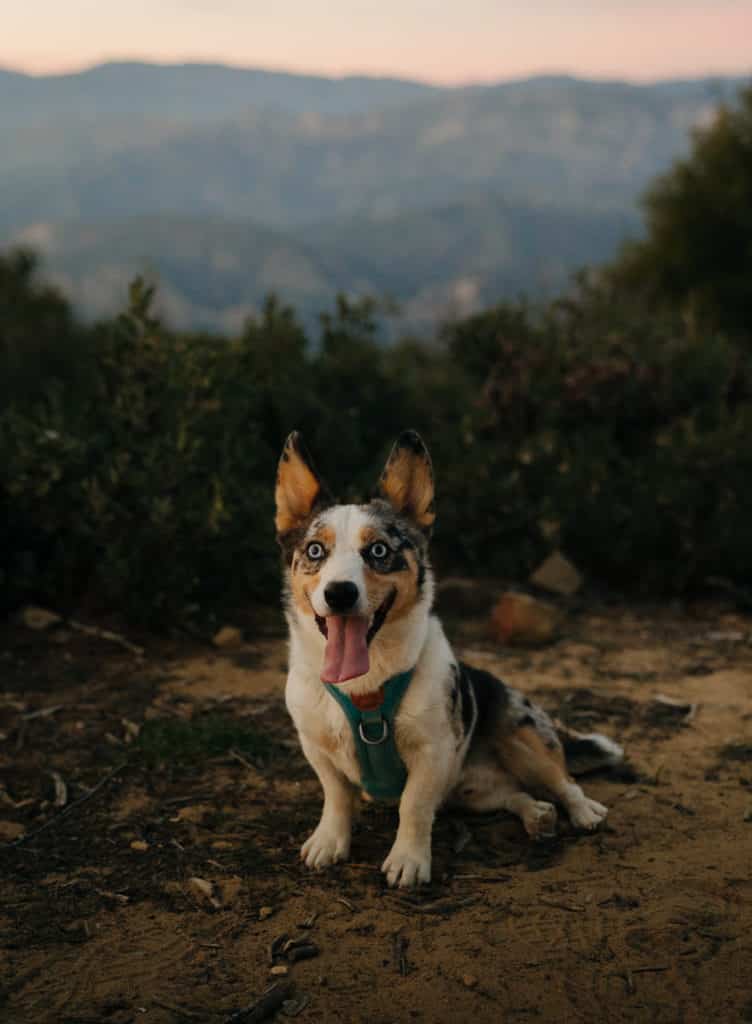
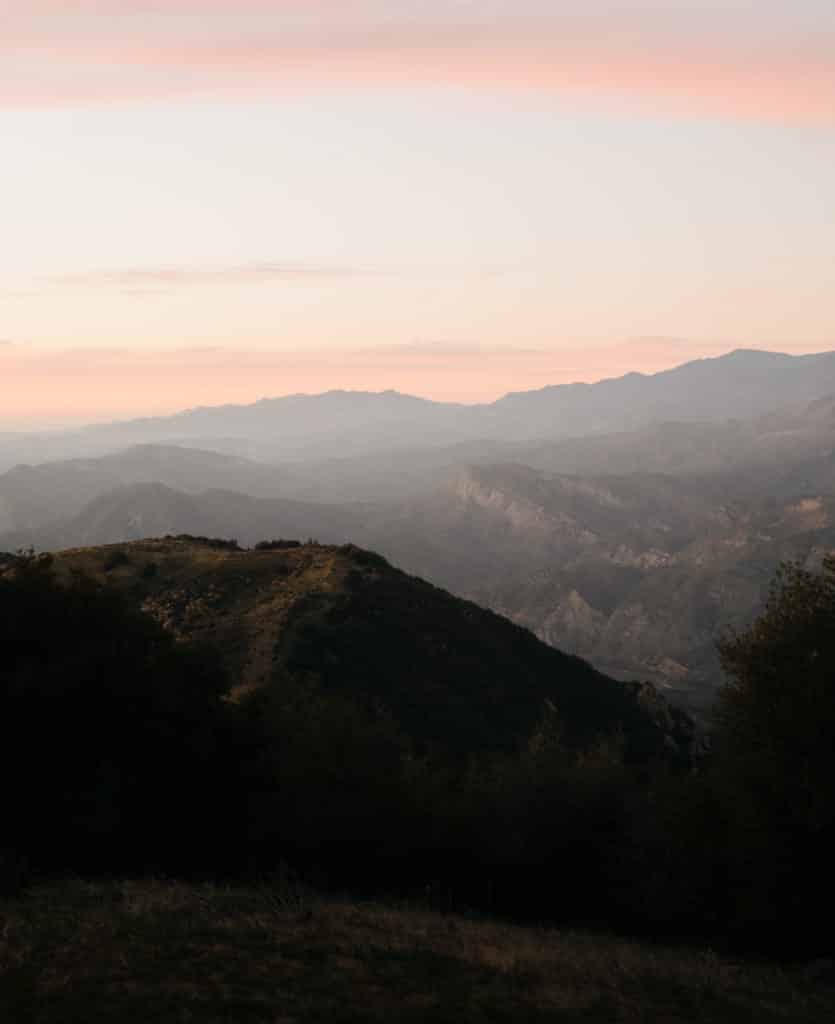
Los Angeles
Honestly, I usually skip this part of the California Coast – I don’t like big cities, and the LA area is notorious for being expensive, and it’s just about impossible to find free parking by the beach. But, if you like the urban vibe, or want to see the iconic city for yourself, stop in Los Angeles! Check out Disney Land in Anaheim, explore the shops in Laguna Beach, and if you’re traveling with your pup, Huntington Beach has a great dog beach.
If you want to make a detour inland, check out Joshua Tree National Park, a few hours from LA.
Places to Stay:
San Diego
The last stop on this California Coast road trip itinerary is San Diego – a place that combines big city and small town vibes, with amazing weather, great surfing beaches, and a relaxing atmosphere! You can snorkel with leopard sharks at La Jolla Cove, hike the trails at Sunset Cliffs, or take a paddle board or surfboard and enjoy the water.
Places to Stay:

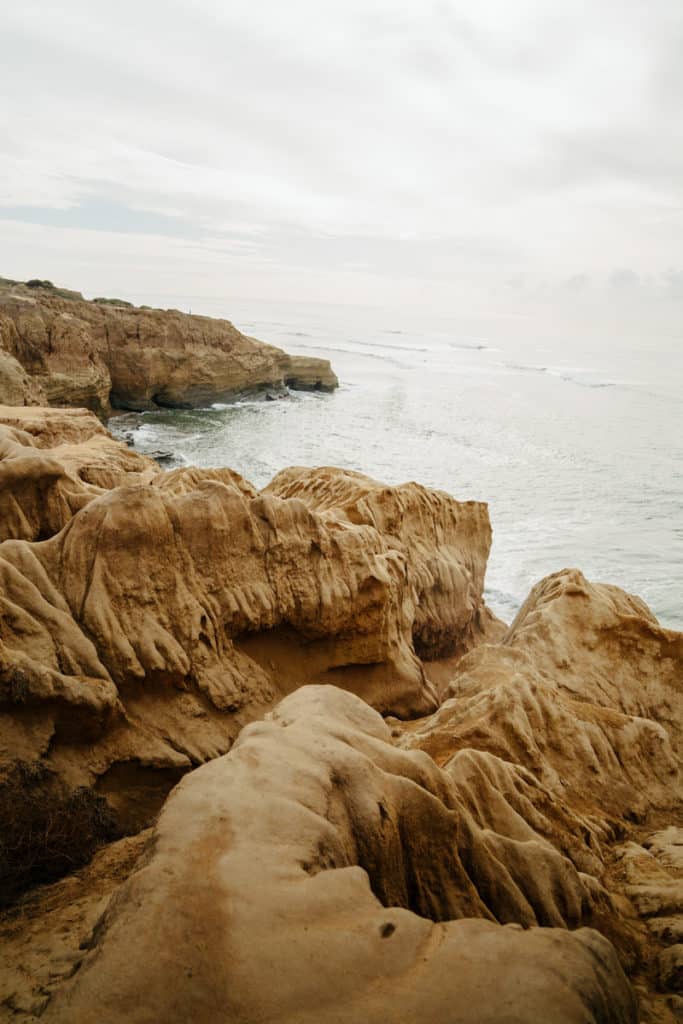
After San Diego, continue the adventure and head to Mexico! Or, head inland and stop at Joshua Tree National Park on your way up.
California Coast Road Trip Map
This map has everything you need for your road trip – the best things to see on Highway 1, places to go, places to stay, and more!
The red stars are the main points of interest mentioned in this California Coast road trip guide – cities and parks. The wave icons are beaches or overlooks that are easily accessible, while the hiker icons show the best hiking trails along the coast! The houses are places to stay along the way.
California Coast Road Trip Itinerary
To help you plan the ultimate California Coast road trip, here are a few sample itineraries. The ideal number of days will depend on what you want to do – even just driving through will give you the chance to see some beautiful spots!
I have California Coast road trip itinerary options ranging from 5 – 10 days. These go from north to south, but if you’re going the other way, you can definitely do them backwards!
5 Day California Coast Road Trip Itinerary
With a 5 day California Coast road trip itinerary, I recommend starting in San Francisco.
Day 1:
- Begin in San Francisco, and hike the Land’s End Trail
- Drive to Monterey, and visit Lover’s Point Park at sunset
- Stay at the Portola Hotel & Spa
Day 2:
- Drive to Big Sur, and spend the day exploring the beaches
- Go to McWay Falls at sunset
- Stay in a secluded cabin in the Redwoods
Day 3:
- Continue south, and stop for a picnic at Dinosaur Caves Park
- Explore Santa Barbara, and find free camping in the Los Padres National Forest
Day 4:
- Drive to LA, and explore the city
- Continue south, and stay in a beach house in San Diego
Day 5:
- Go snorkeling at La Jolla Cove, then explore the neighborhood
- Go to Sunset Cliffs and have a picnic at sunset

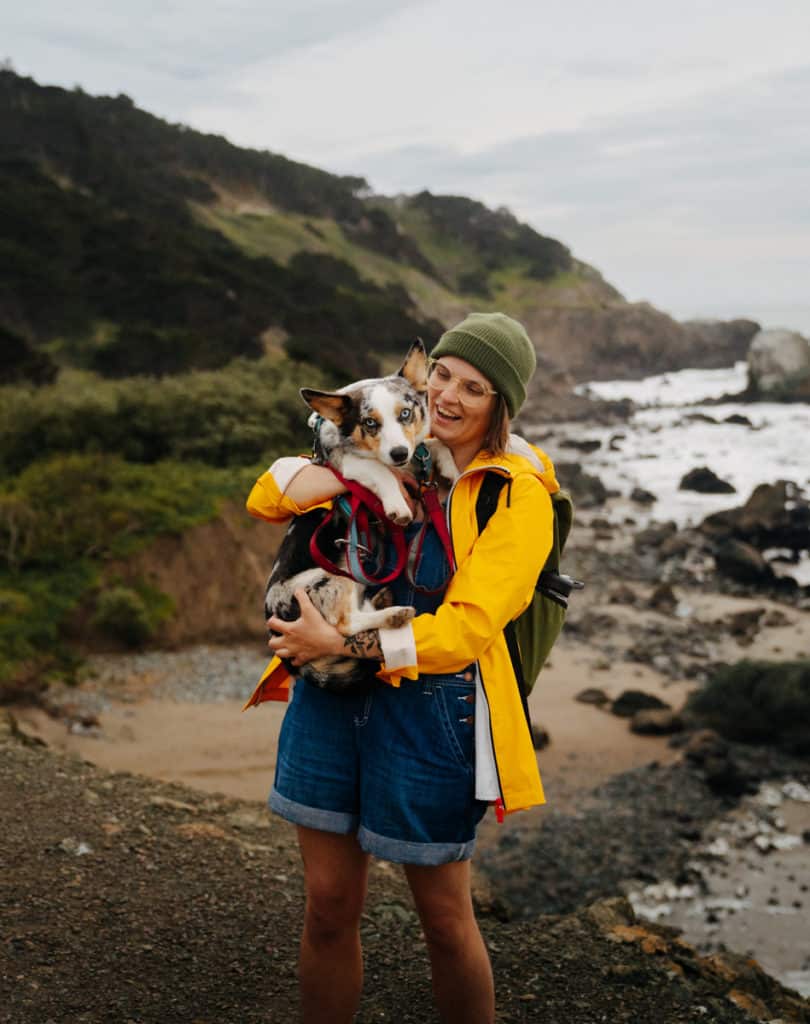
7 Day California Coast Road Trip Itinerary
A 7 day California Coast road trip itinerary gives you some more time to explore! Start further north, and explore the remote Lost Coast.
Day 1:
- Drive to Ferndale on the Lost Coast, stopping for groceries and to explore the town
- Continue to the campground at Mattole Beach, and spend the night by the ocean!
Day 2:
- Drive to the Black Sands Beach in Shelter Cove
- Explore the remote town and visit Cove Beach at sunset
- Stay in a beach bungalow in Shelter Cove
Day 3:
- Drive south, and stop at Glass Beach in Fort Bragg to stretch your legs
- Continue to Gualala, and hike to the Pygmy Forest
- Stay in a cliffside house
Day 4:
- Drive to San Francisco and explore the city
- Continue to Big Sur, and stay in a cabin in the Redwoods
Day 5:
- Explore Big Sur, and visit McWay Falls
- Continue to San Luis Obispo, and stay in a house in the hills
Day 6:
- Explore LA, and explore the city
- Fly in a helicopter over LA
- Stay in a cottage with a pool
Day 7:
- Go to Huntington Beach dog beach, explore the shops in town, and enjoy the views before your road trip ends!
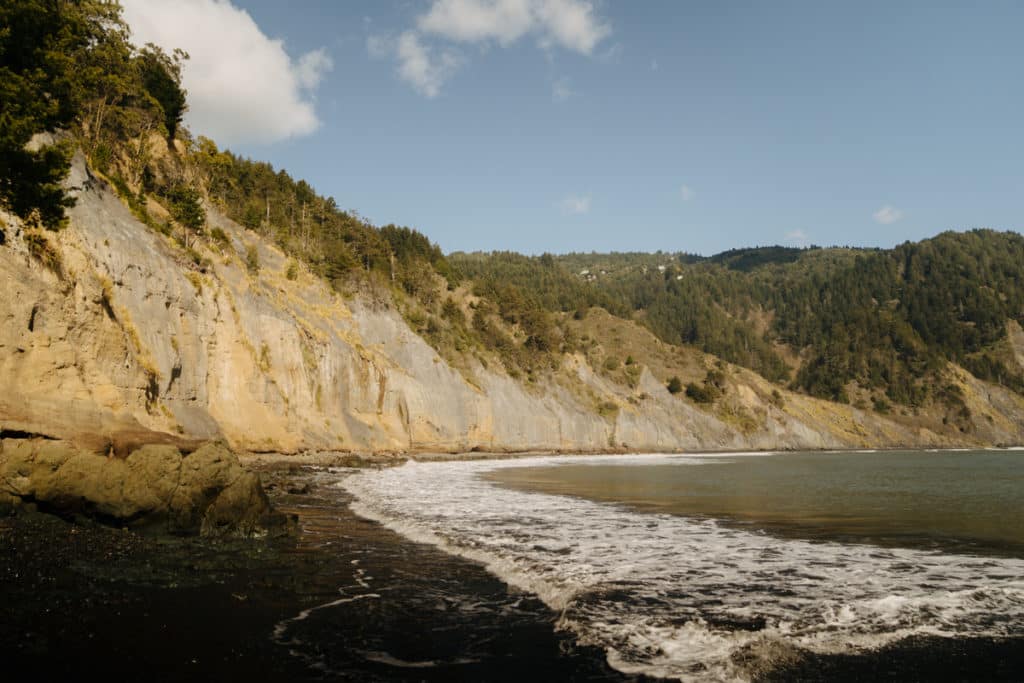
10 Day California Coast Road Trip Itinerary
A 10 day California Coast road trip itinerary is perfect – it gives you time to hike, explore everything, and drive down the coast without rushing! Here’s a sample 10 day itinerary.
Day 1:
- Begin at Del Norte Coast Redwoods State Park, and hike the Damnation Creek Trail
- Drive to Ferndale on the Lost Coast, and stay at the Victorian Inn
Day 2:
- Explore Ferndale, and get groceries
- Continue to the campground at Mattole Beach, and spend the night by the ocean!
Day 3:
- Drive to the Black Sands Beach in Shelter Cove
- Explore the remote town and visit Cove Beach at sunset
- Stay in a beach bungalow in Shelter Cove
Day 4:
- Drive south, and stop at Glass Beach in Fort Bragg to stretch your legs
- Continue to Gualala, and hike to the Pygmy Forest
- Stay in a cliffside house
Day 5:
- Drive to San Francisco and explore the city
- Hike the Land’s End Trail
- Drive to Monterey, and stay at the Portola Hotel & Spa
Day 6:
- Drive to Big Sur, and spend the day exploring the beaches
- Go to McWay Falls at sunset
- Stay in a secluded cabin in the Redwoods
Day 7:
- Continue south, and stop at Dinosaur Caves Park for a picnic
- Drive to Santa Barbara, and find free camping in the Los Padres National Forest
Day 8:
- Drive to LA, and explore the city
- Fly in a helicopter over LA
- Stay in a cottage with a pool
Day 9:
- Drive to San Diego
- Go snorkeling at La Jolla Cove
- Go to Sunset Cliffs and have a picnic at sunset
Day 10:
- Go whale watching before ending your California Coast road trip!

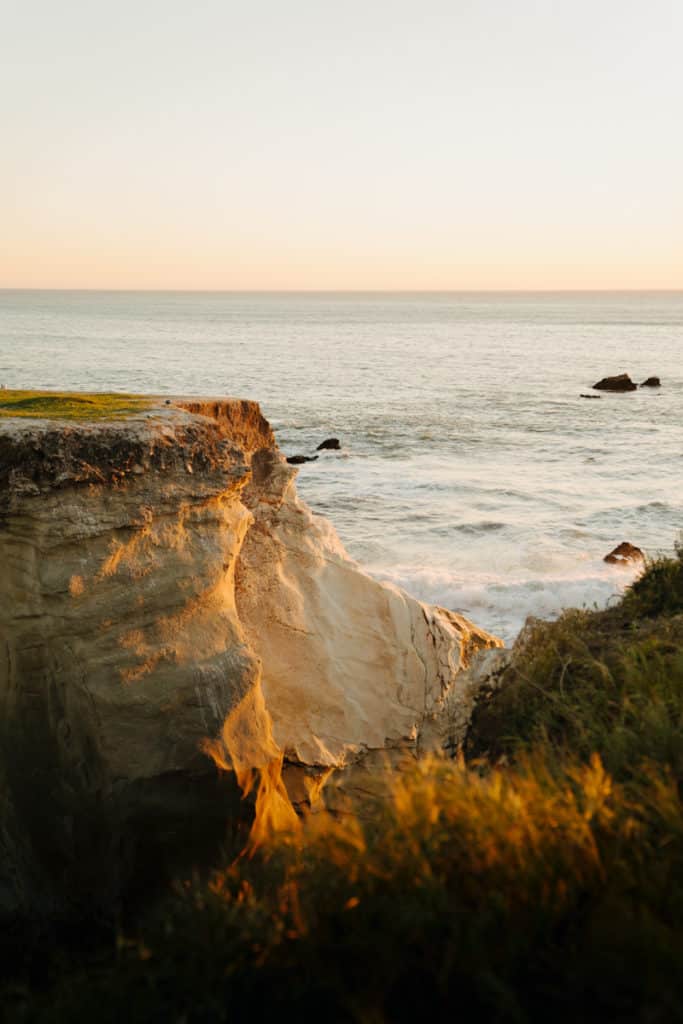
Planning a Road Trip Down the California Coast?
Let me know in the comments below what you’ve got planned for your California Coast road trip, or if you have any other recommendations for things to do and places to stop!
Pin any of these photos to reference this California Coast road trip guide later!



